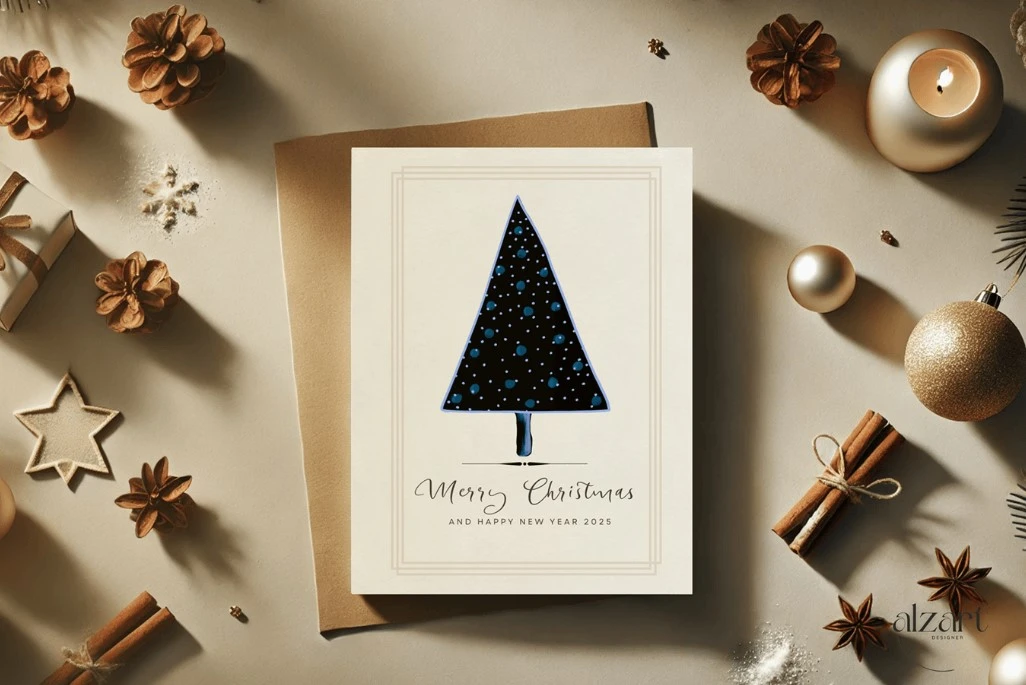
“In this magical moment, a simple greeting card can convey endless warmth and care.”
Whether it’s a birthday greeting card design, a wedding greeting card design, or just a simple message, the right card can make all the difference.
1.What makes a great greeting card packaging design?
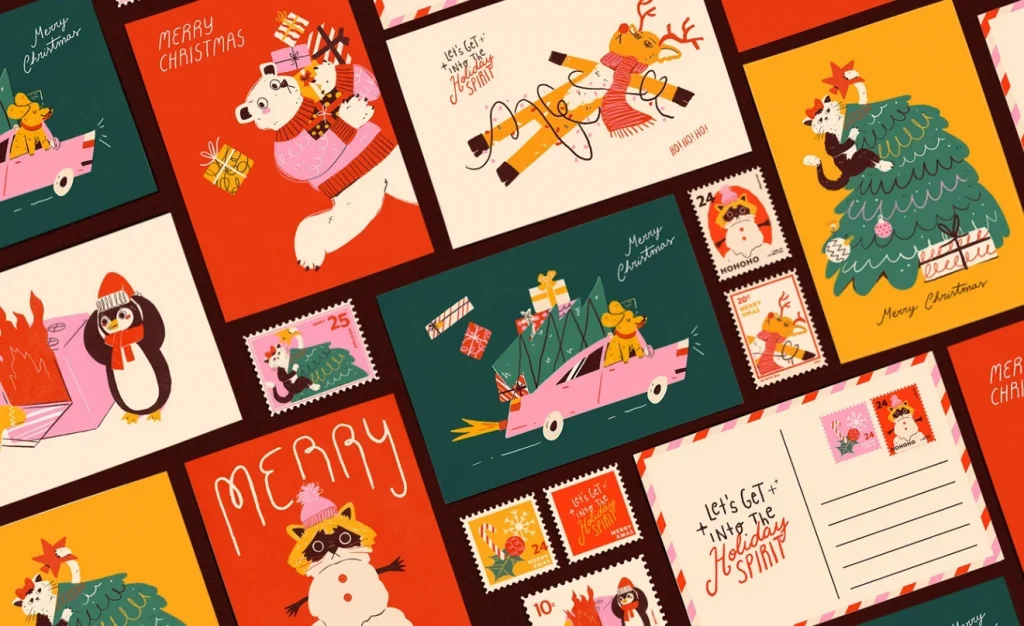
- Personalized content: The message should resonate deeply with the recipient, highlighting unique traits or shared memories for a sincere touch.
- Exquisite design: An attractive visual aesthetic—through illustrations, colors, and layout—should align with the card’s theme and occasion.
- Appropriate emotional expression: The card must convey the right emotion for the occasion, ensuring the recipient feels valued and cared for.
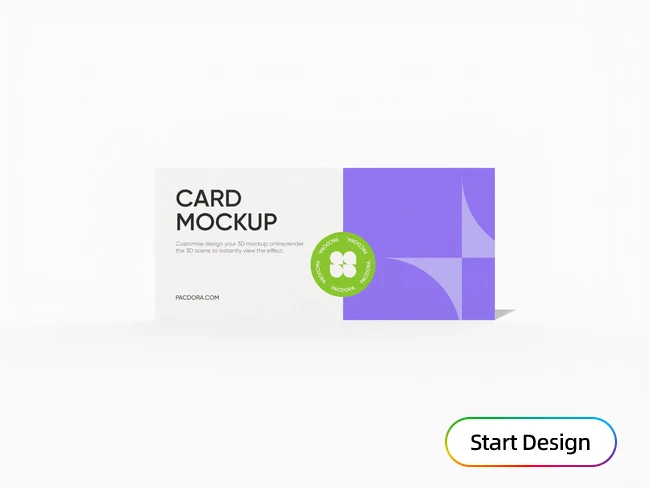
2.How to create a great greeting card packaging design?
- Understanding who you’re giving it to: Think about their likes, dislikes, and personality, for example, their favorite colors or animals.
- Finding Inspiration: Consider greeting card design ideas easy to make. You can use techniques like cutting paper or hand lettering to create your card.
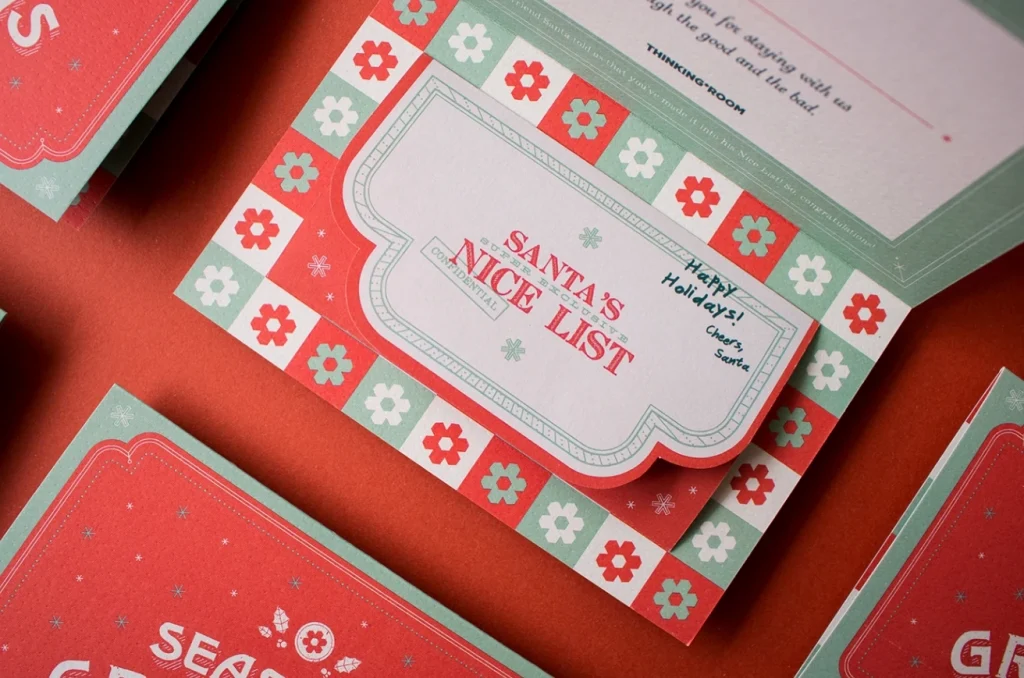
- Material Selection: Thicker paper will make your simple greeting card design look more upscale. Also, you can add elements like foil stamps, ribbons, and sequins to make the card feel nicer.
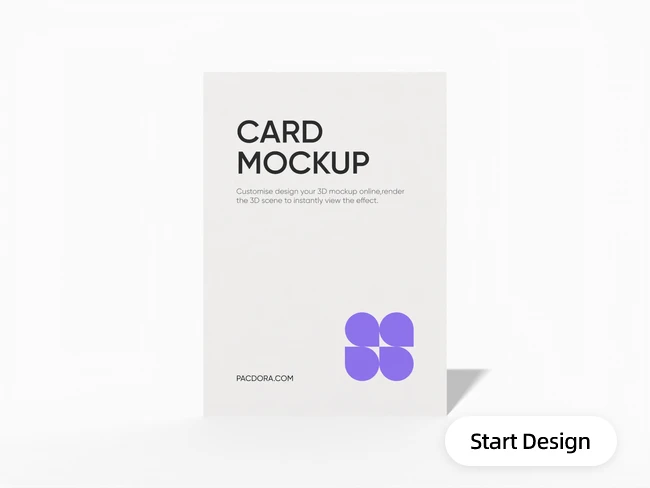

- Color Coordination: Use traditional Christmas colors like red, green, gold, and silver. This will give a festive touch to your handmade greeting cards design ideas.
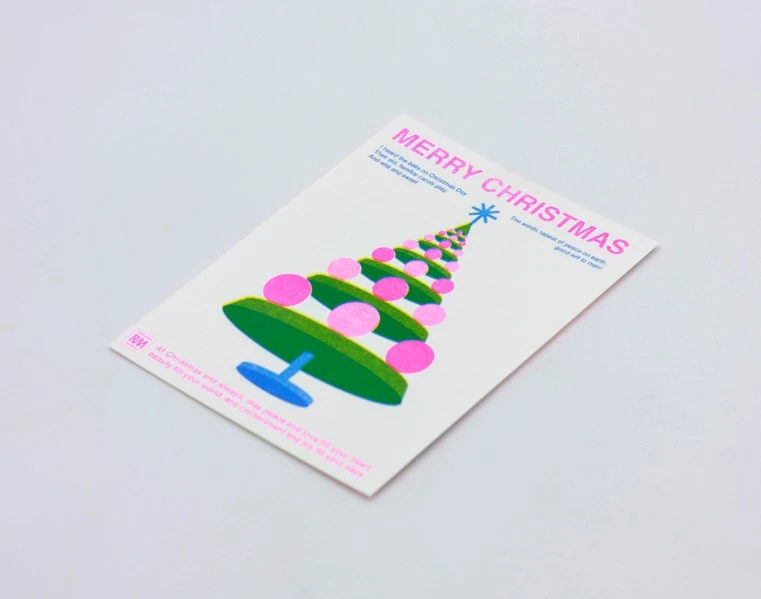
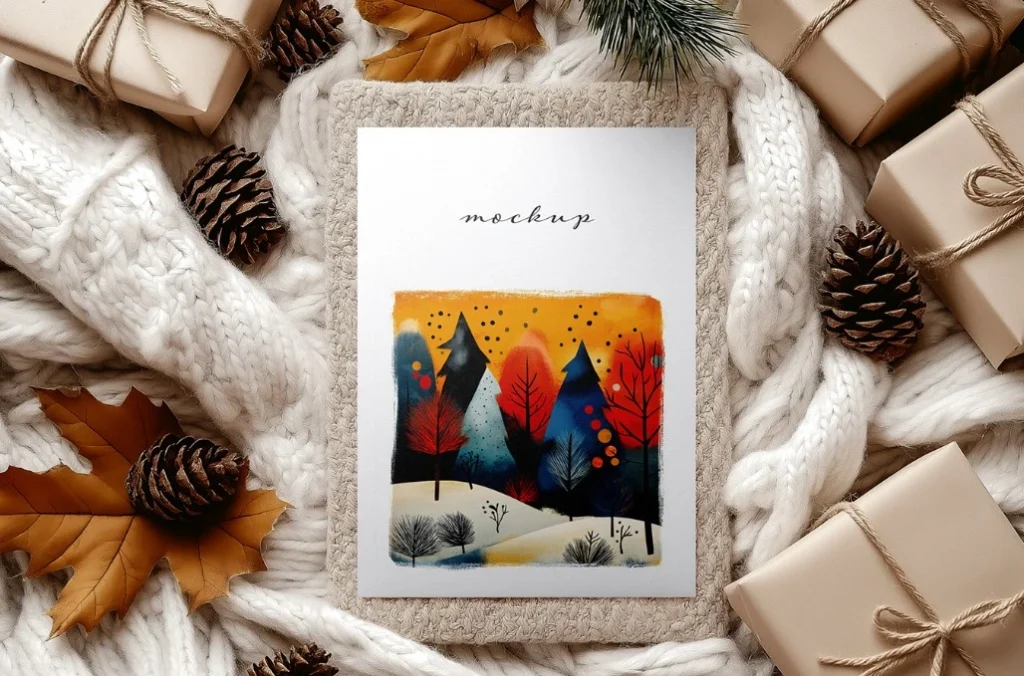
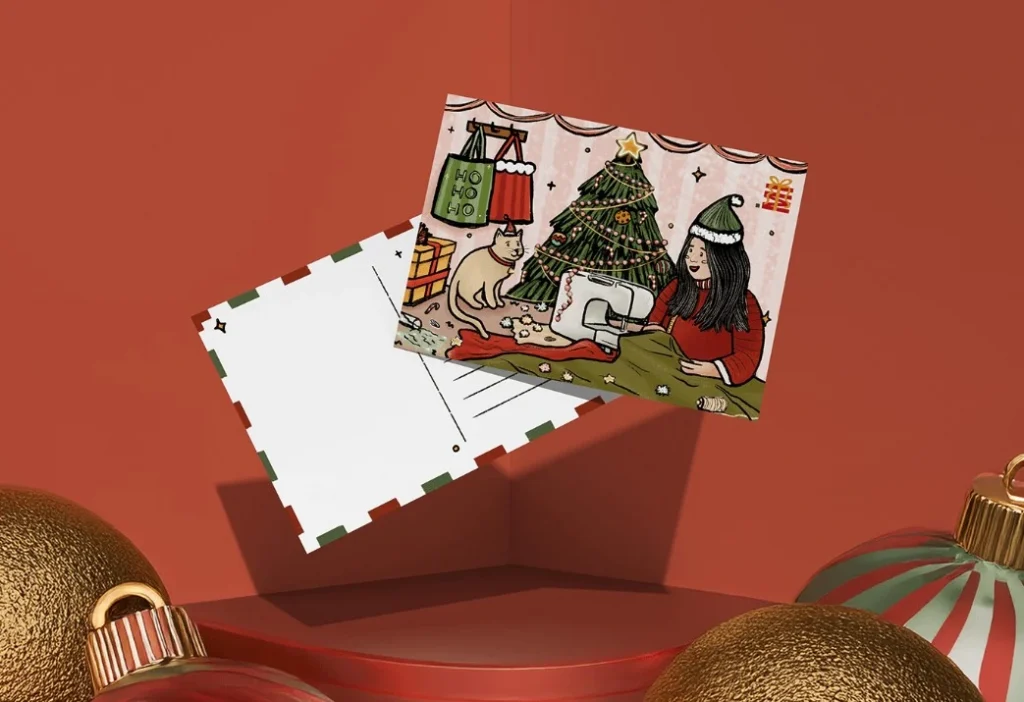
3.Why is the Appearance design important for a greeting card?
“Design is the silent ambassador of your brand.” – Paul Rand
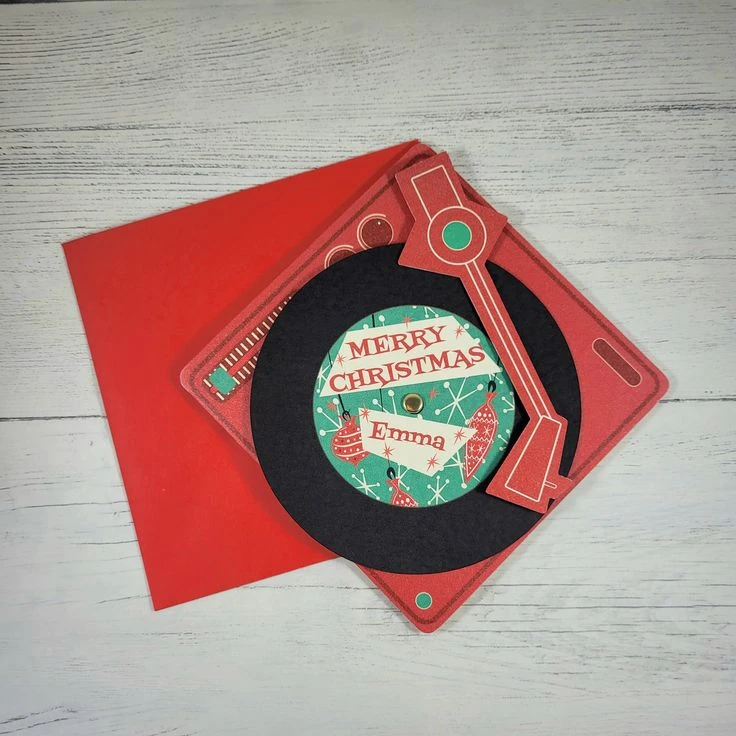
When making a handmade greeting card design card, use traditional elements like autumn leaves, pumpkins, and cornucopias to capture the holiday spirit.
Incorporate a warm color palette of oranges, browns, and yellows to reflect the essence of fall and gratitude.
All of these ideas can be changed to fit Christmas, wedding greeting card design, or birthdays.
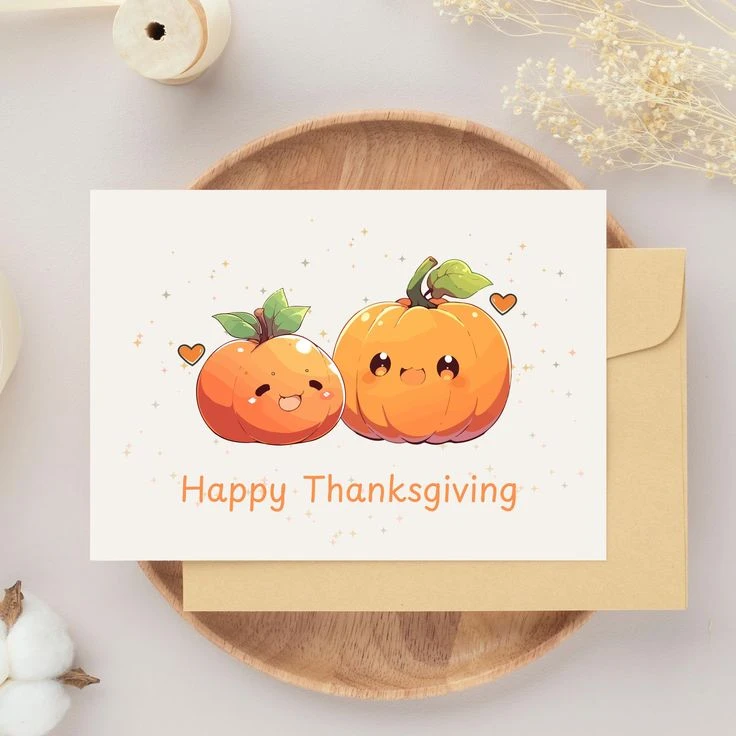
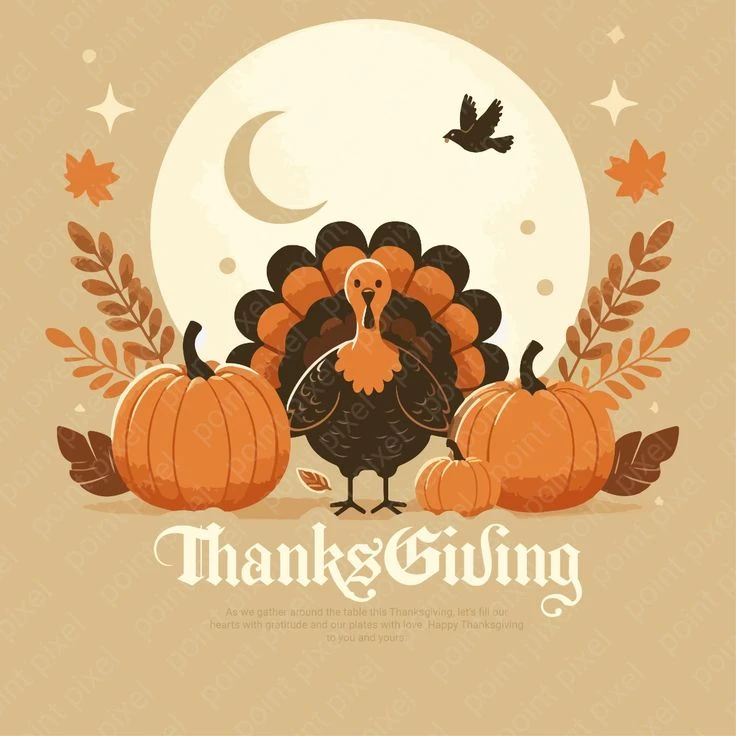
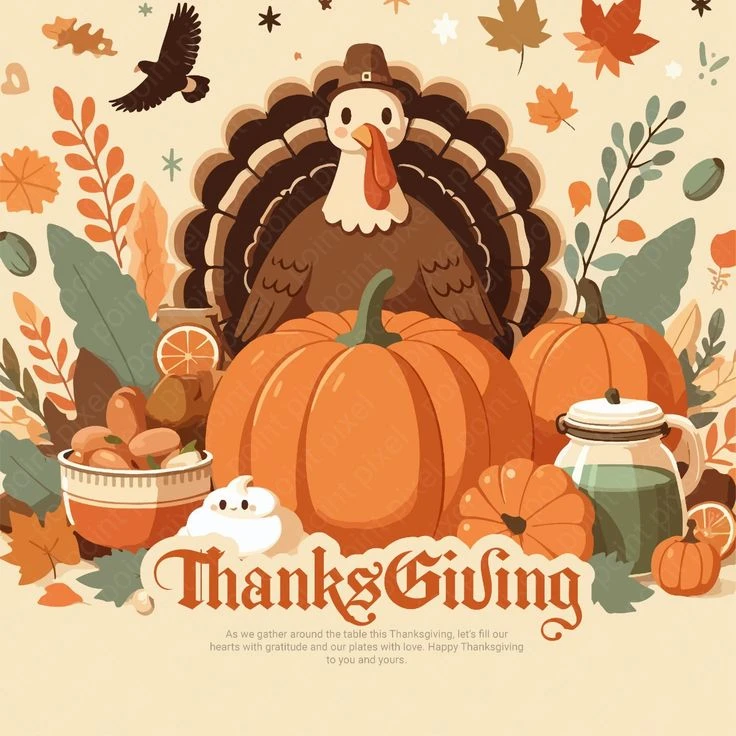
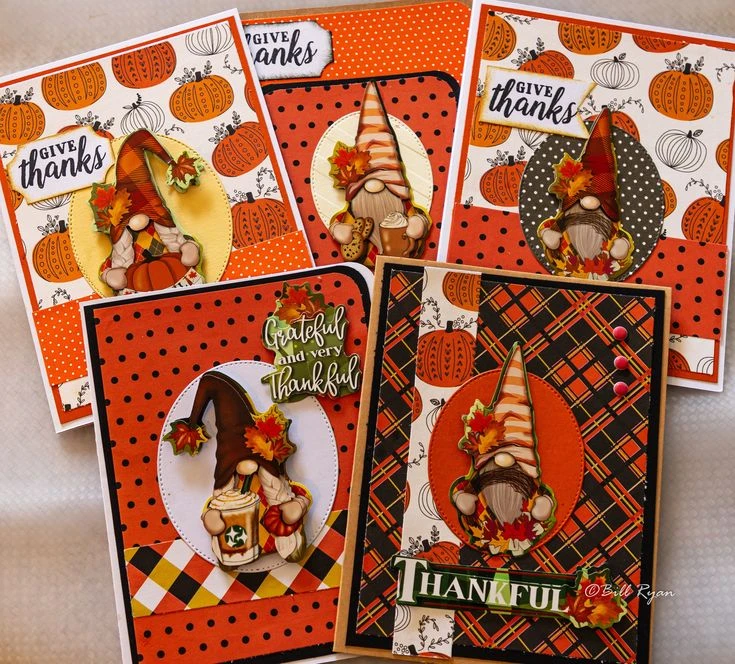
4.Dimension and structural design can be a unique breakthrough for your greeting card.
A unique way to make your card special is with dimension and structure.
4-1 3D Sculptures
For example, you can make a 3D pop-up card. When opened, it can show a lively scene. This could be something like a Christmas dinner. The 3D element adds surprise, making your card special.
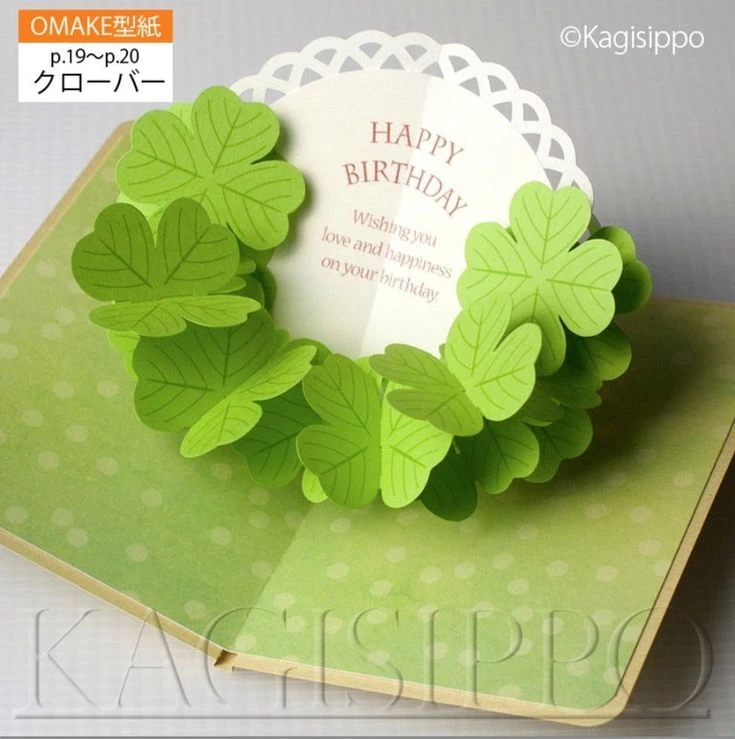
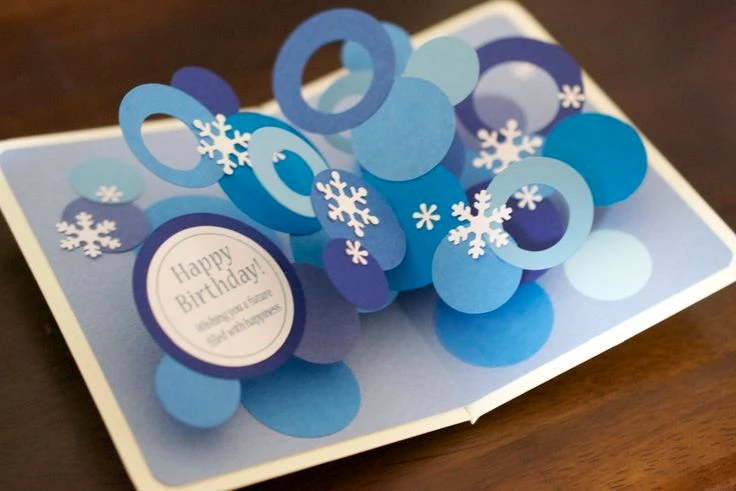
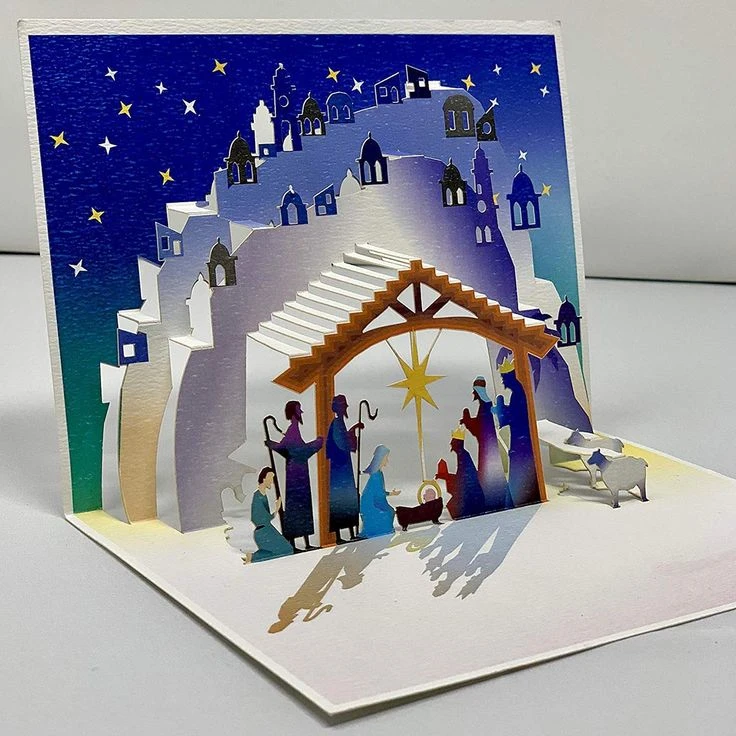
4-2 Multi-Layer Folding
Also, you can add depth with multi-layer folding. This lets you have different patterns and messages on each layer, and makes your simple greeting card design feel more engaging. For example, one layer might say “Happy Christmas,” and another could show a winter scene.
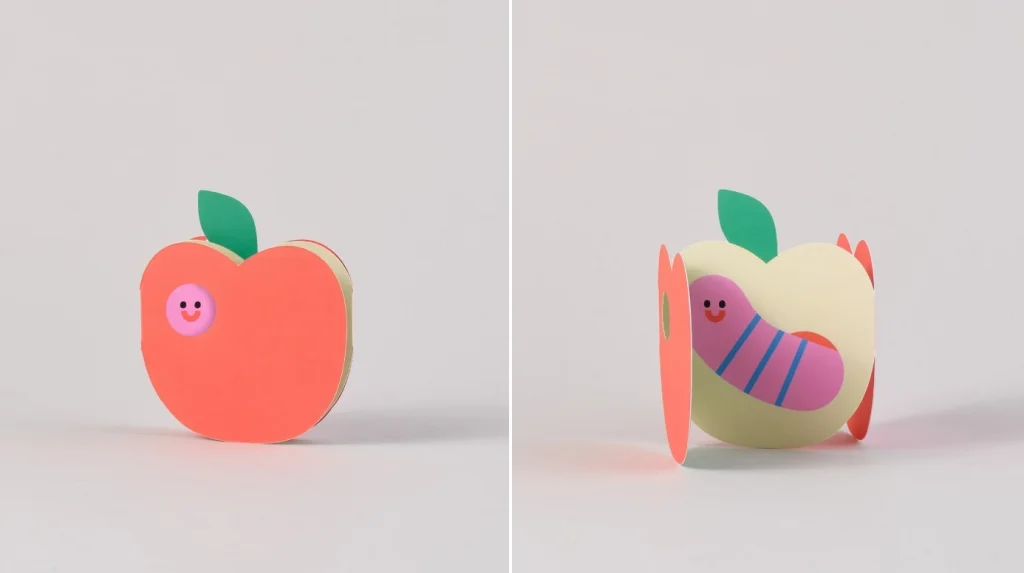
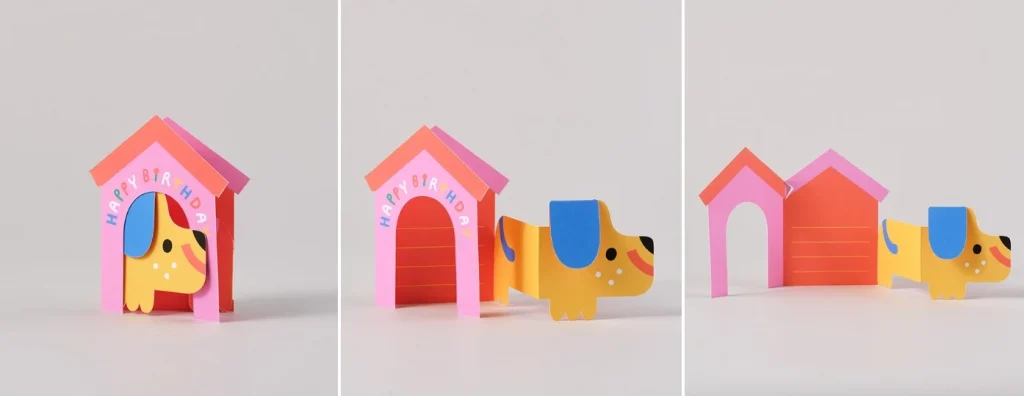

4-3 Mechanical Design
Additionally, think about mechanical elements. You can add things like sliding or rotating pieces to your card. For instance, a sliding part could show a secret message of thanks. This will make it more interactive and fun.
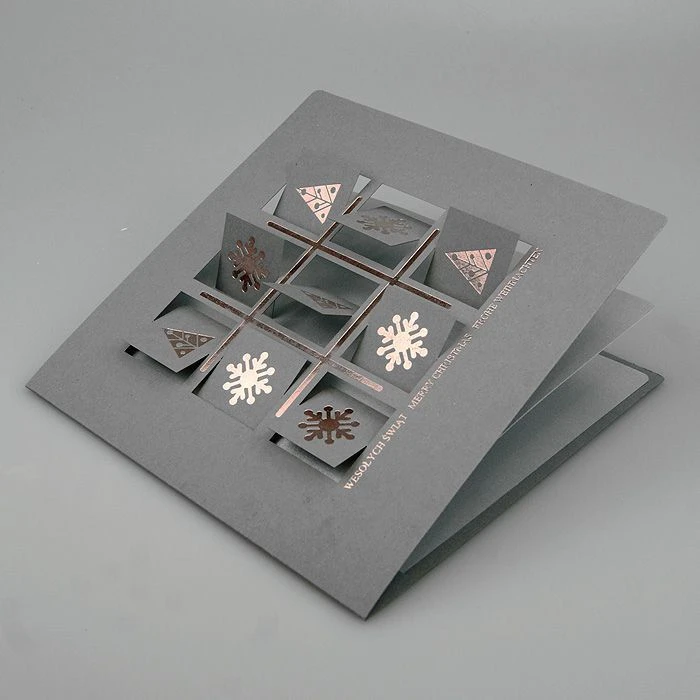
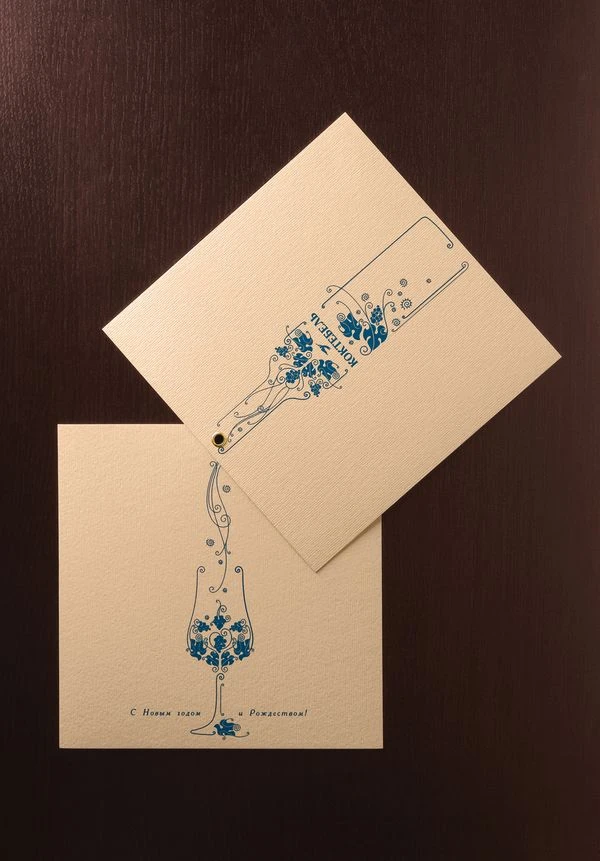
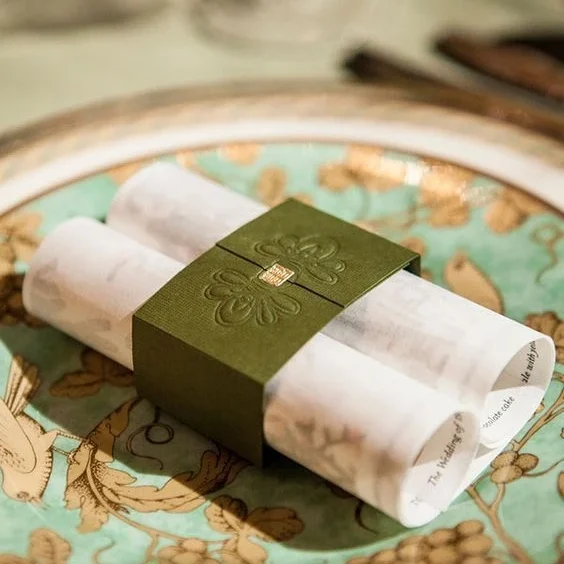
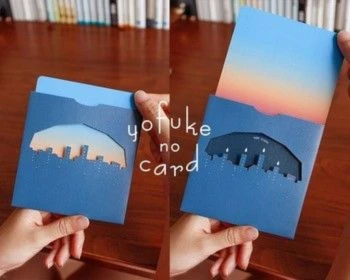
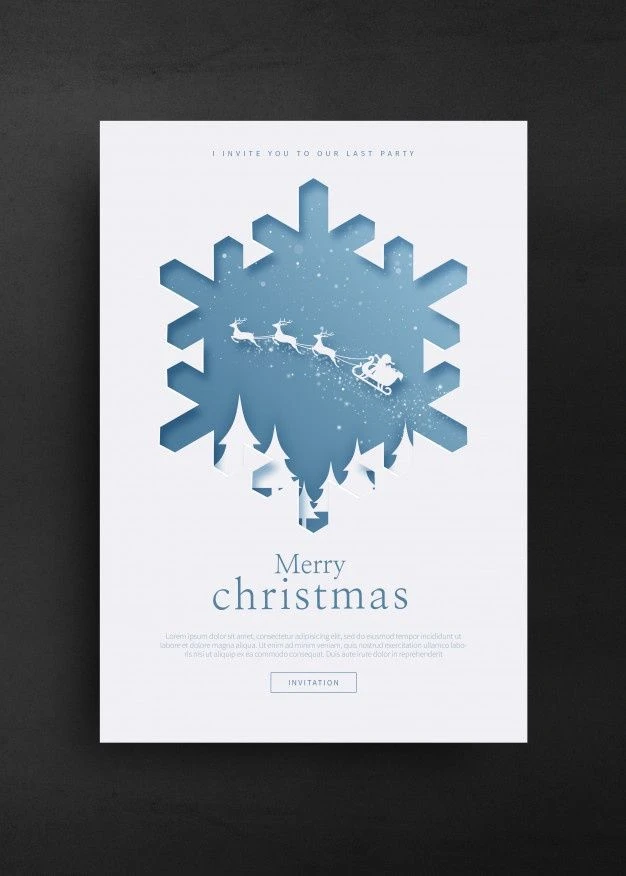
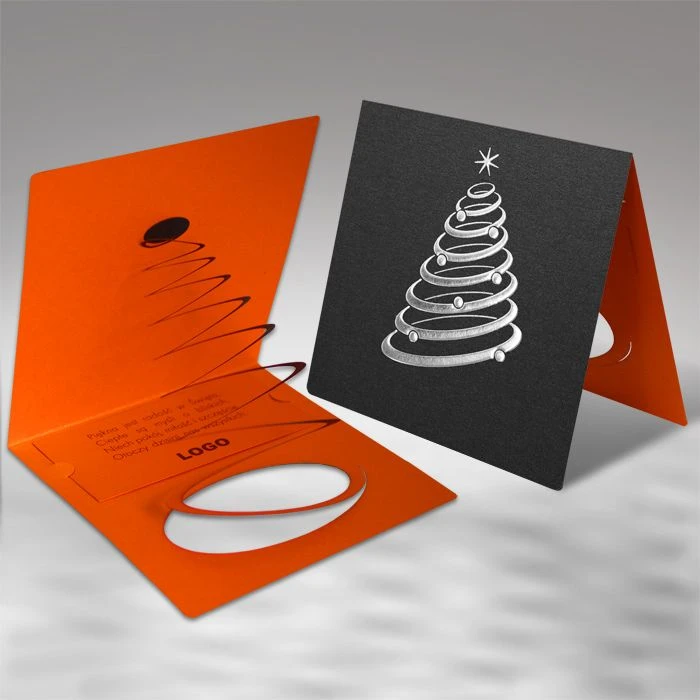
5.The Importance of Techniques and Craftsmanship
To make your handmade greeting cards special, think about different techniques.
5-1 Laser Engraving
Laser engraving can create very detailed patterns on your cards. This will make your card special, and is great for your Christmas designs.
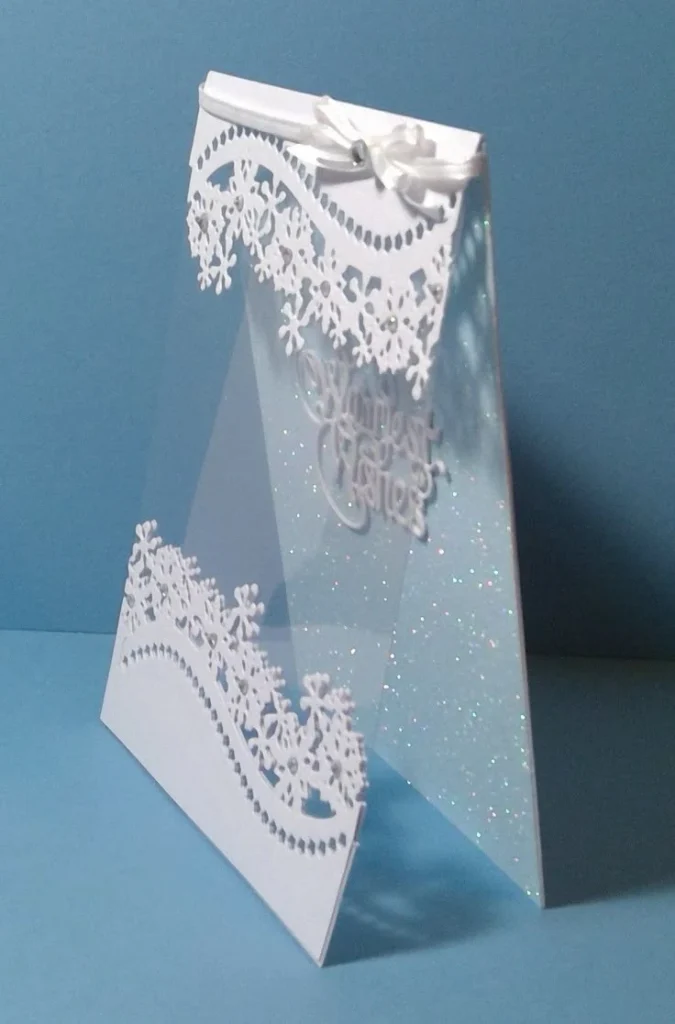
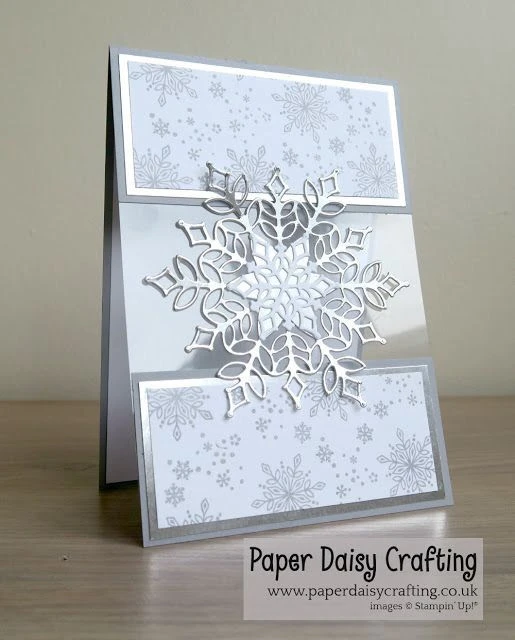
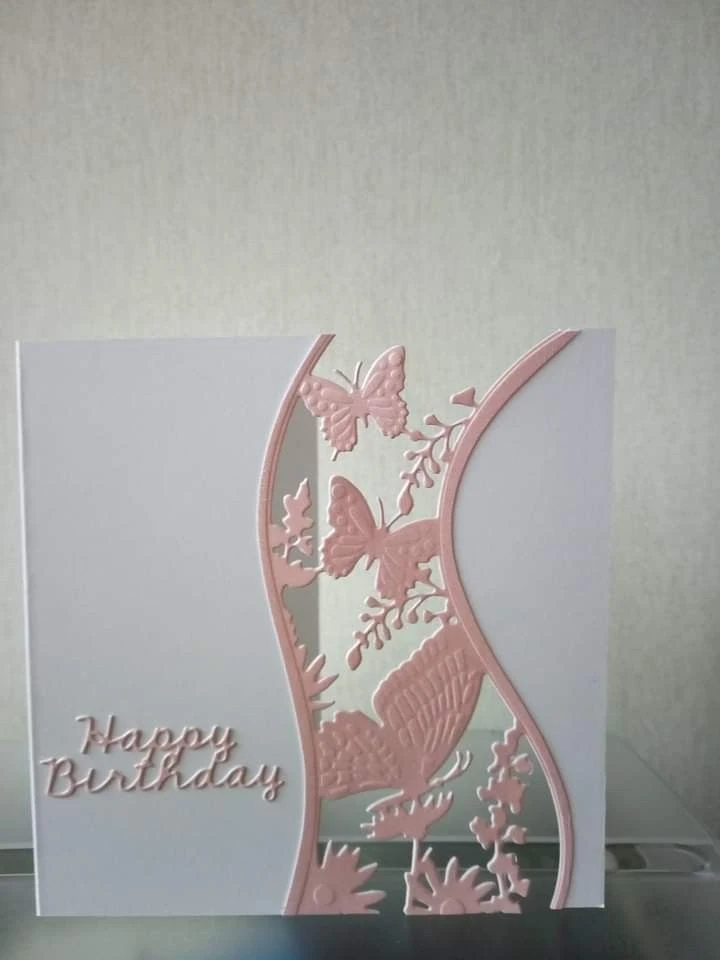
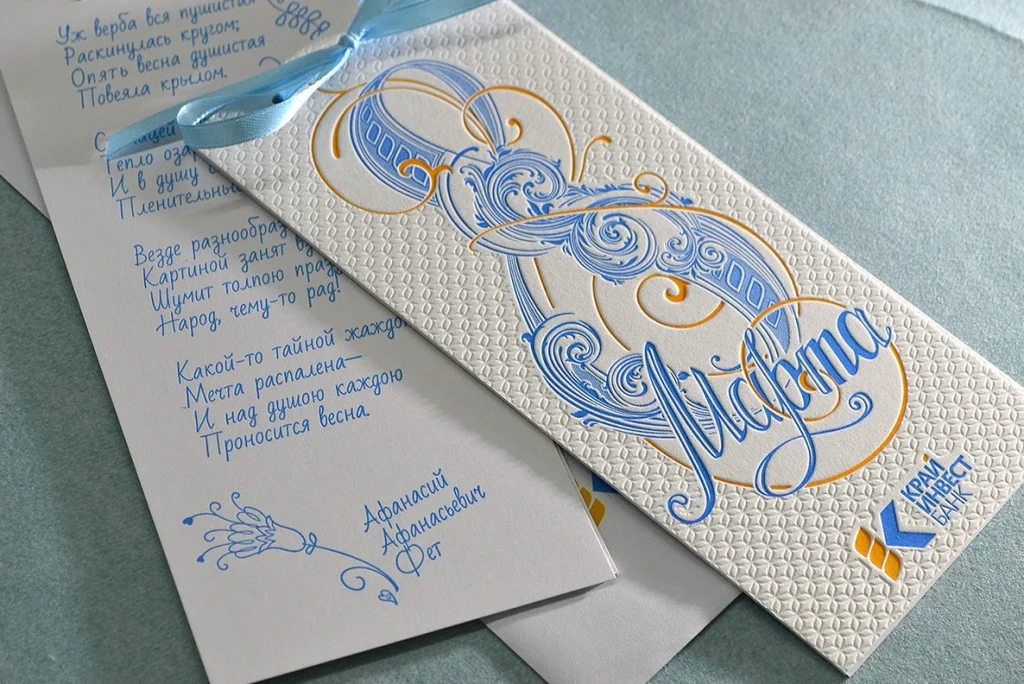
5-2 Embossing and Foil Stamping
Embossing and foil stamping are great for adding brightness and class to your designs. These will make your birthday greeting card design look great and feel luxurious. These are perfect for gifts or even greeting employees during the holidays.
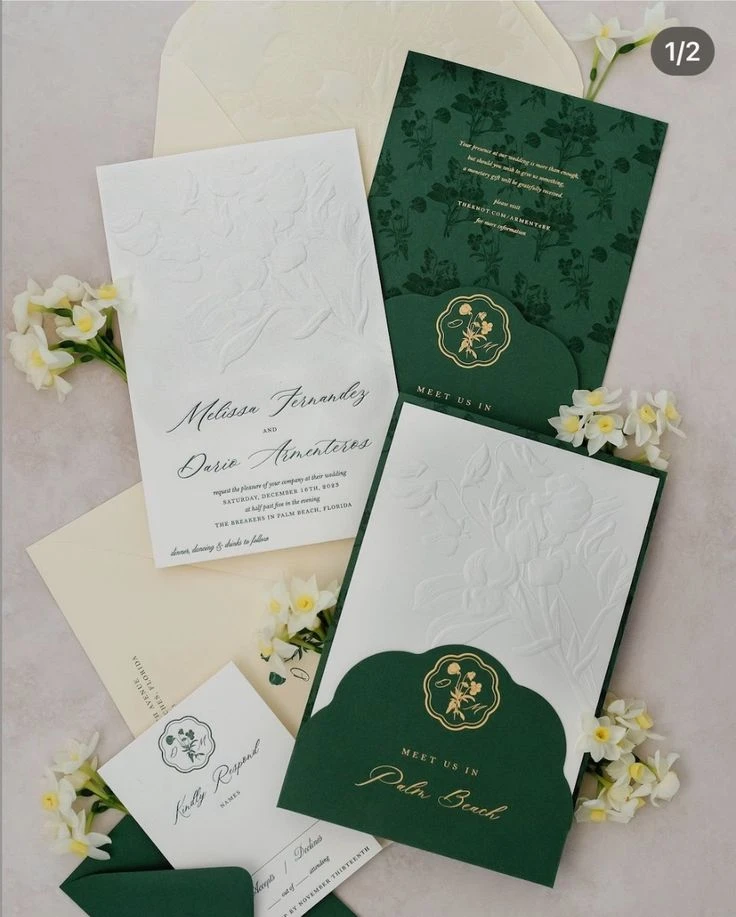
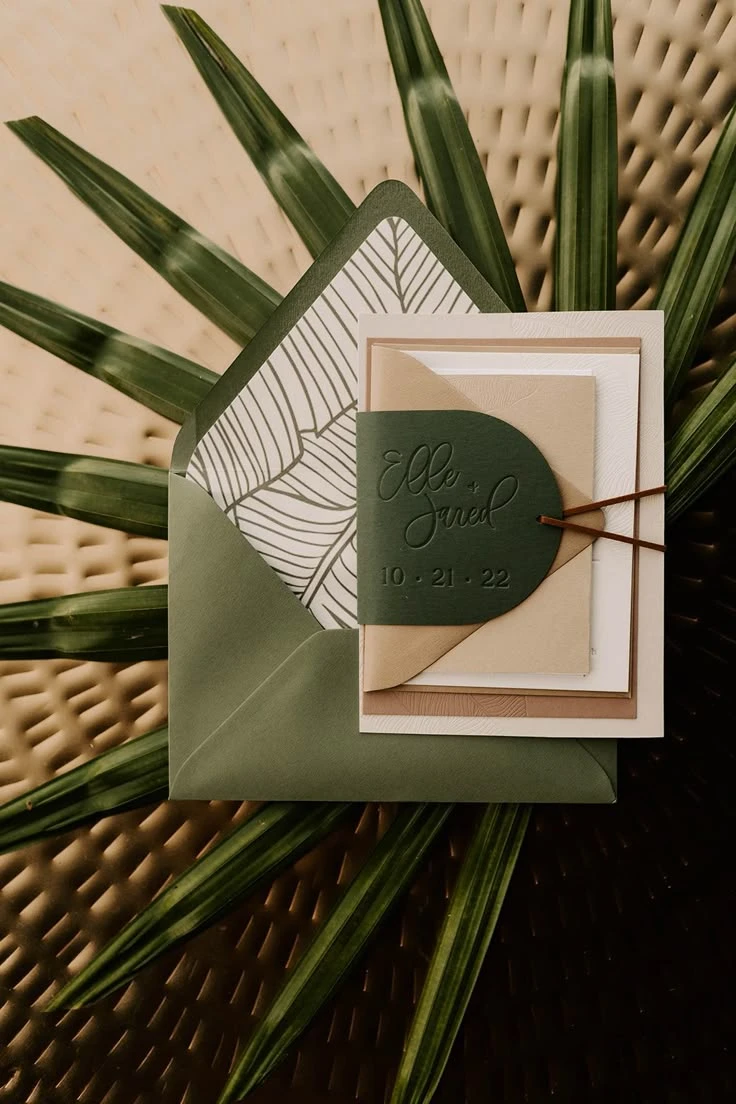
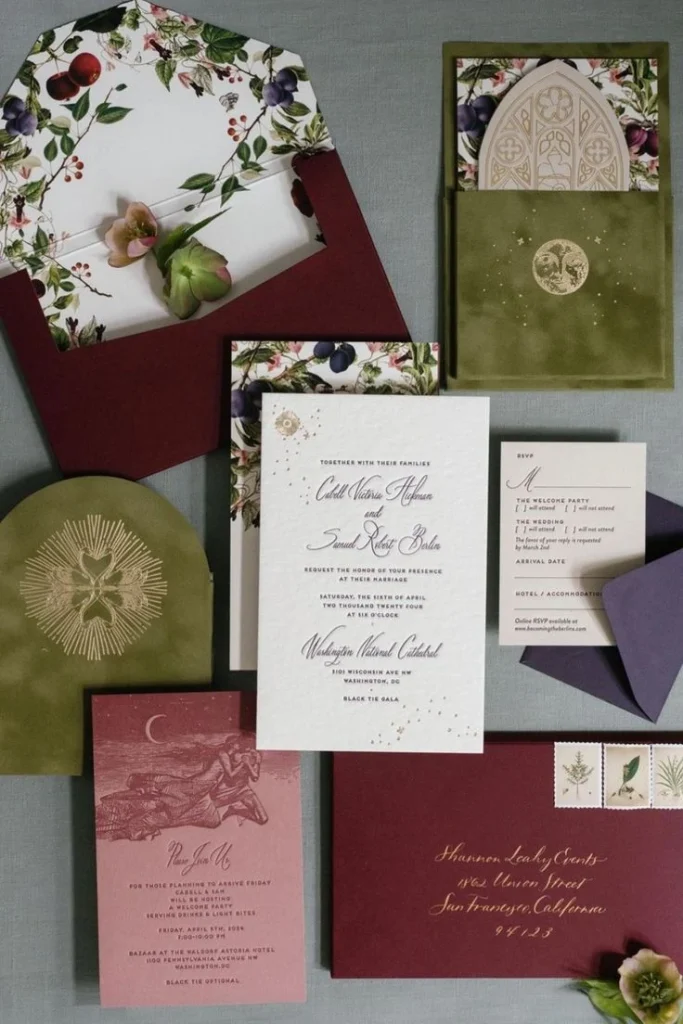
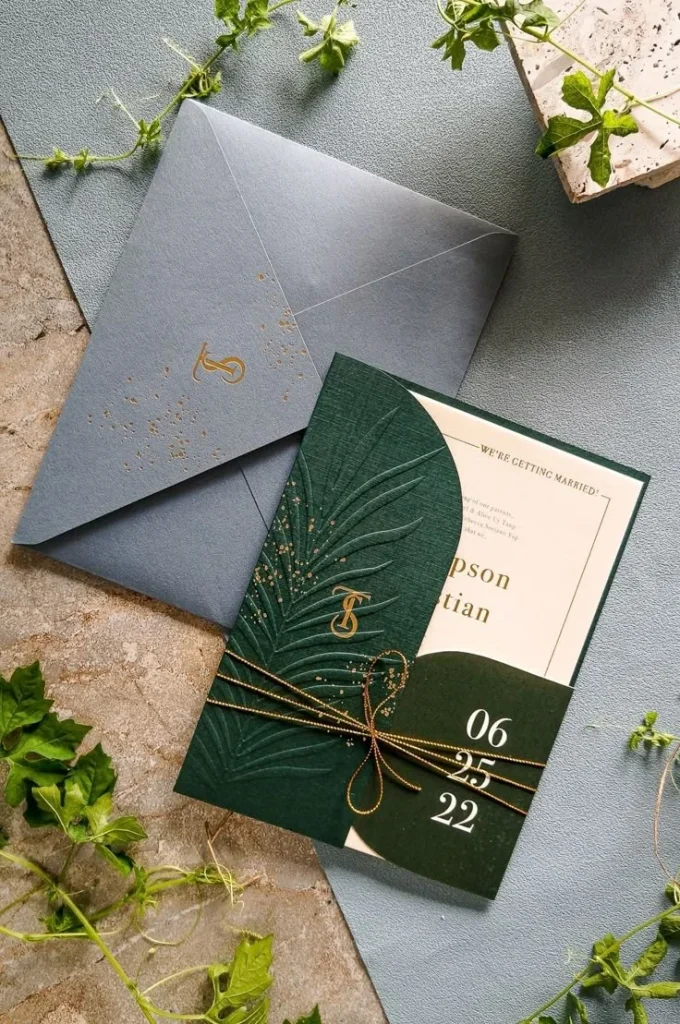
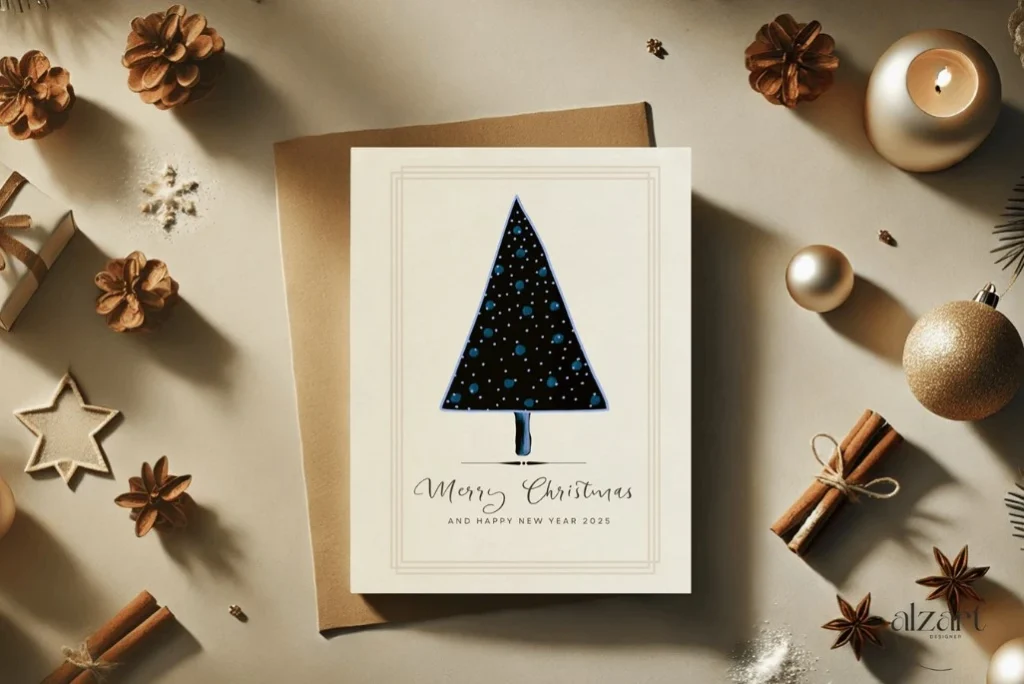
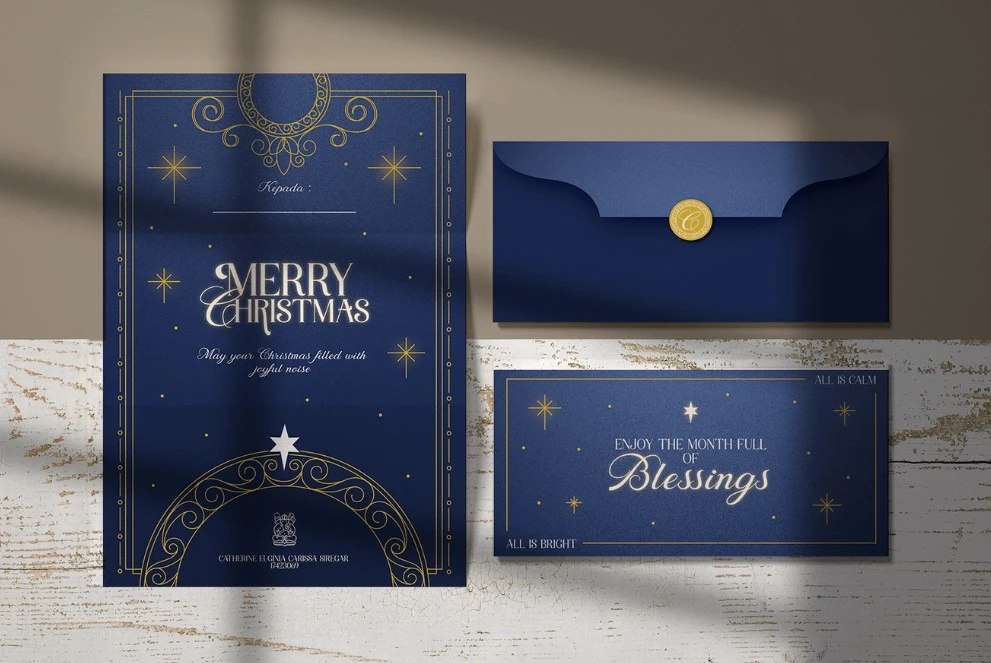
6.Strong interactivity and functionality greeting card packaging design
When making a Christmas card or a wedding greeting card design, consider how the person will use it. Include space for personalized messages, or pockets for small gifts or gift cards. These touches make the card more useful, turning it into a keepsake, especially with your handmade greeting cards design ideas.
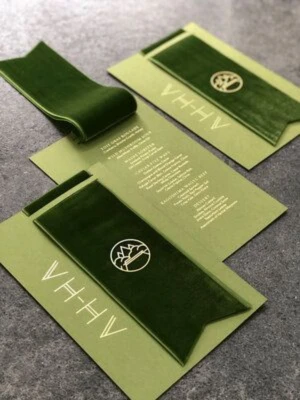
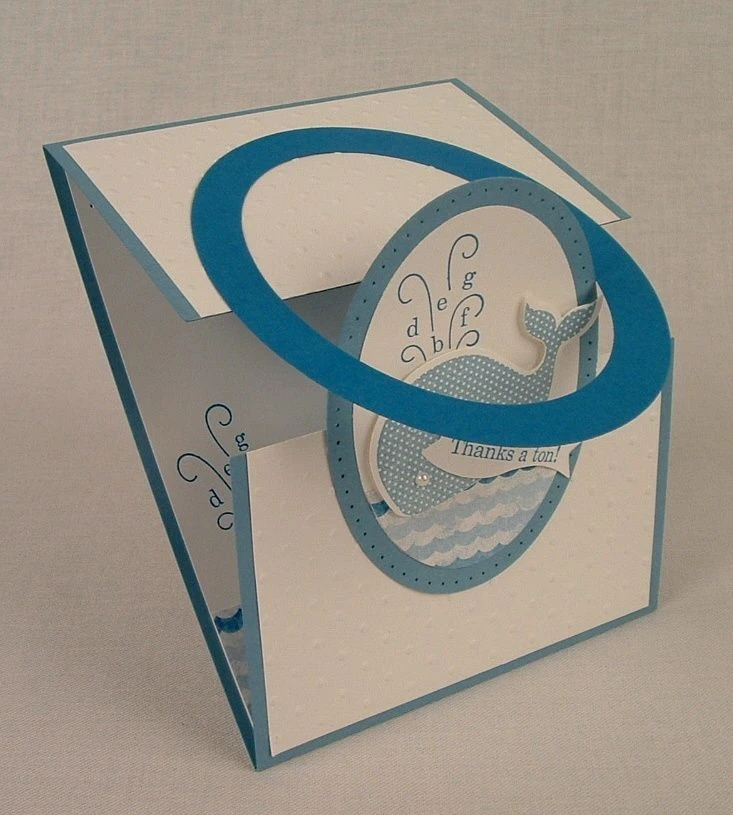
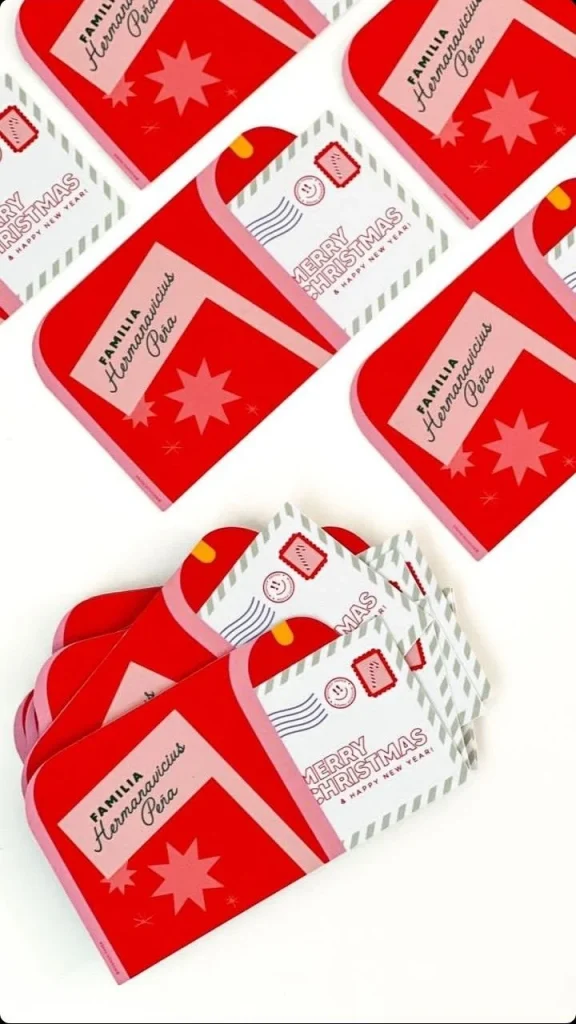
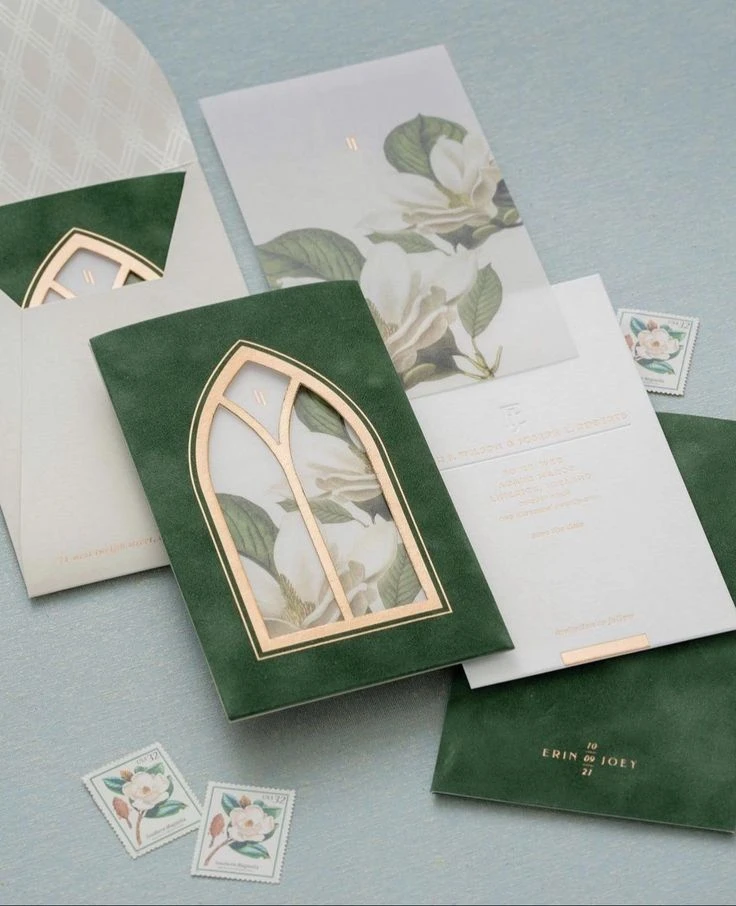
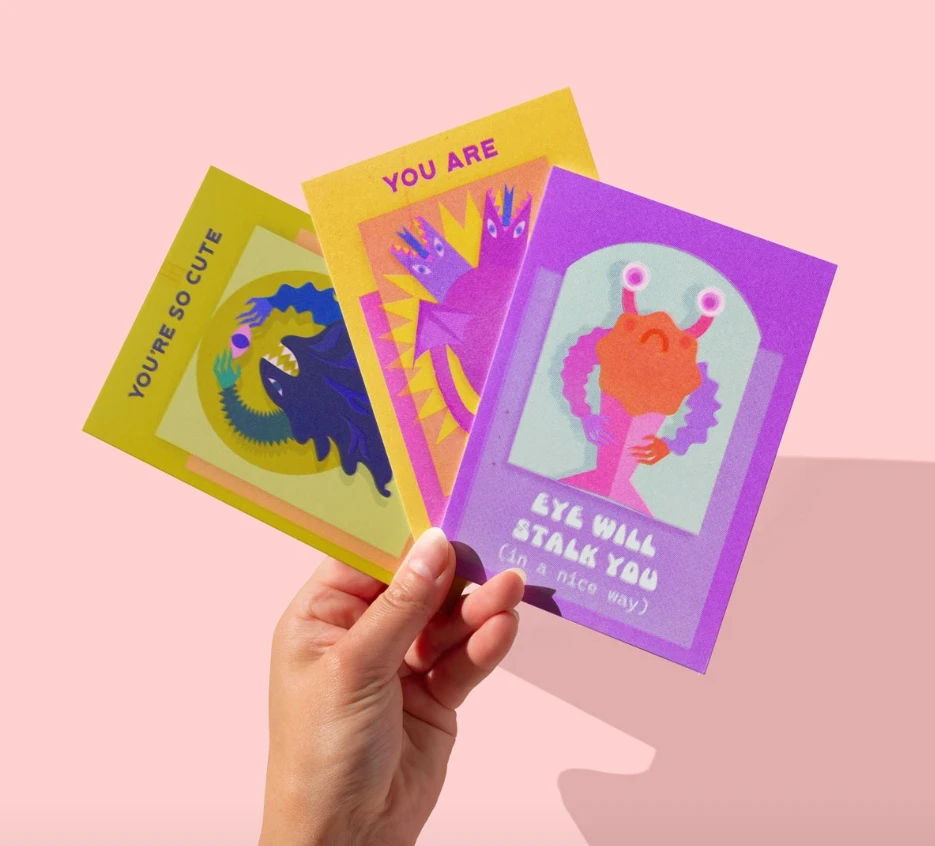
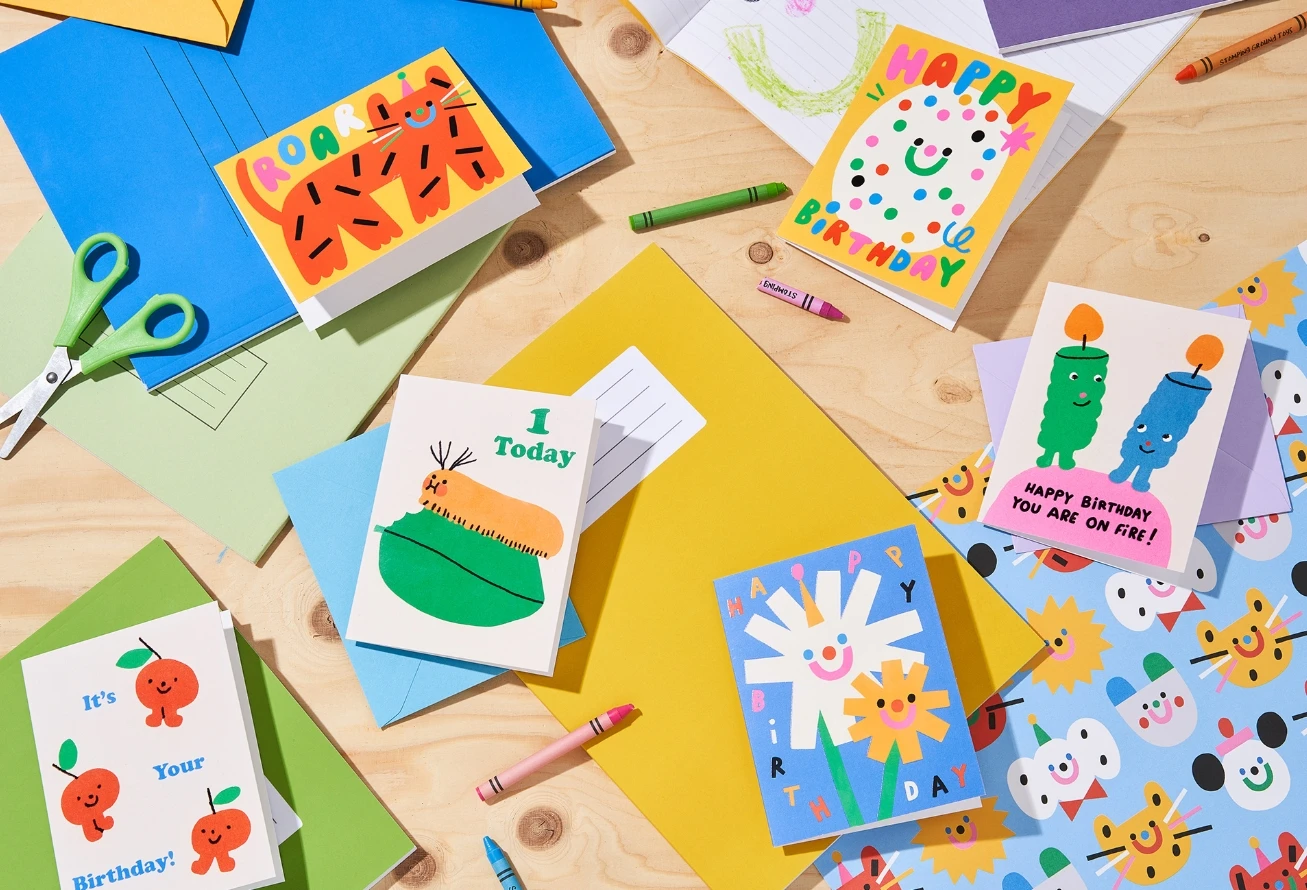
7.Cultural and Emotional Expression greeting card packaging design
Christmas is all about family and warm moments. Your handmade greeting card design can show these feelings through personal stories or heartwarming quotes. Add these to make the card more emotional for the receiver. This makes them feel even more loved during the holidays.
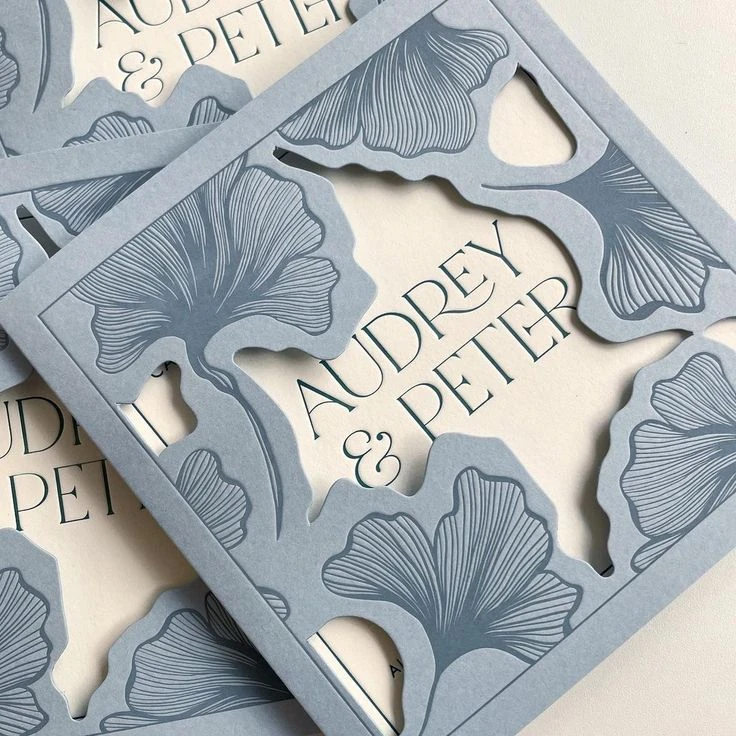

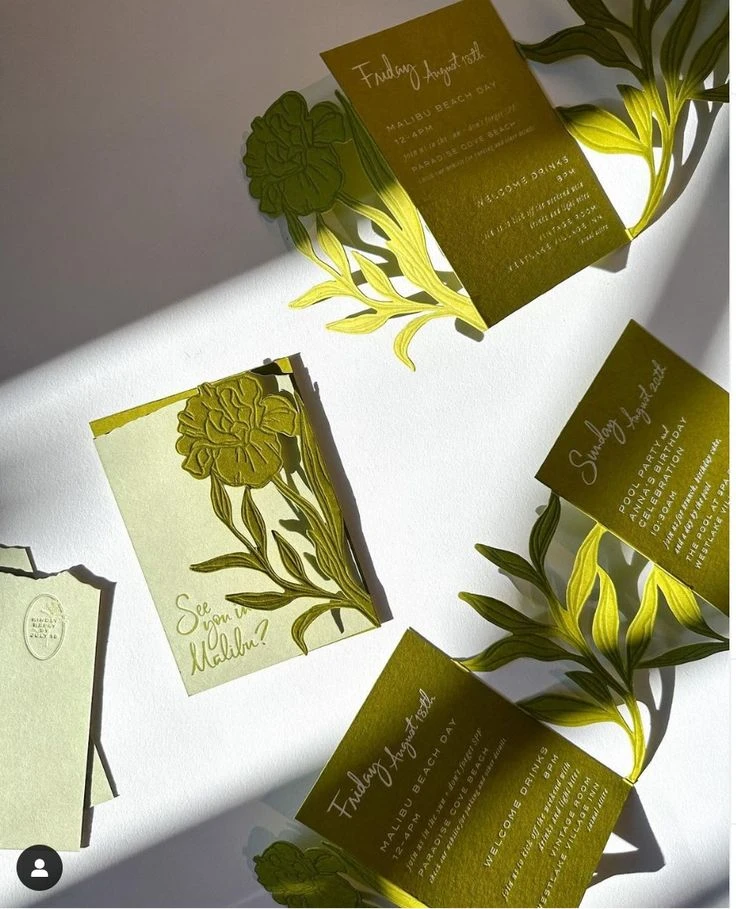
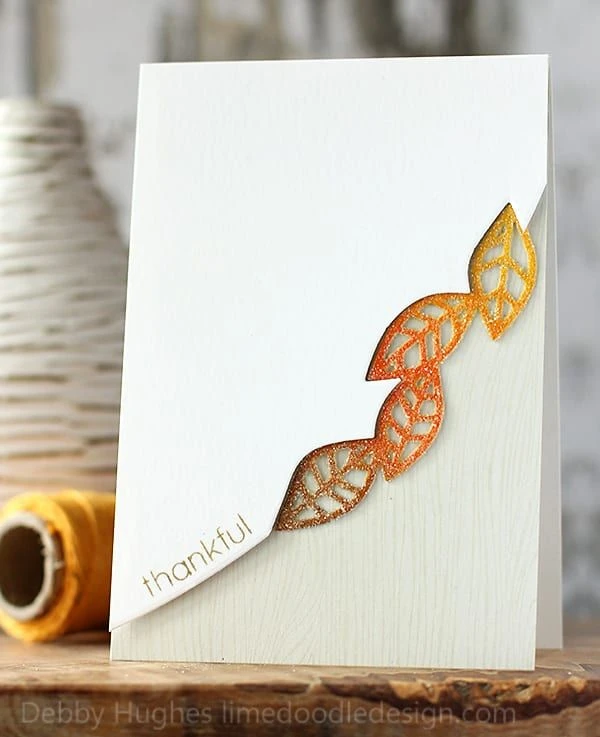
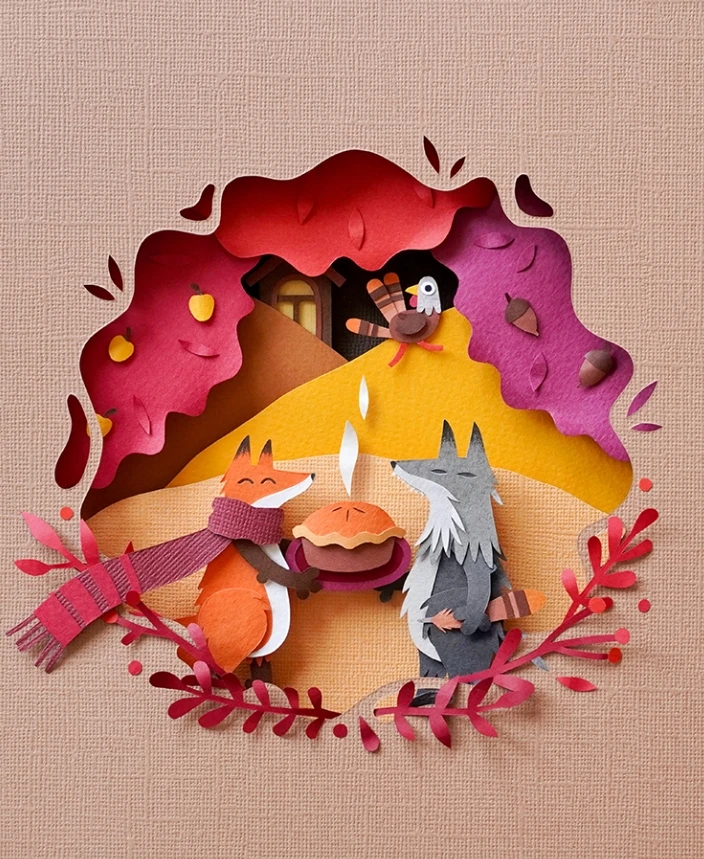
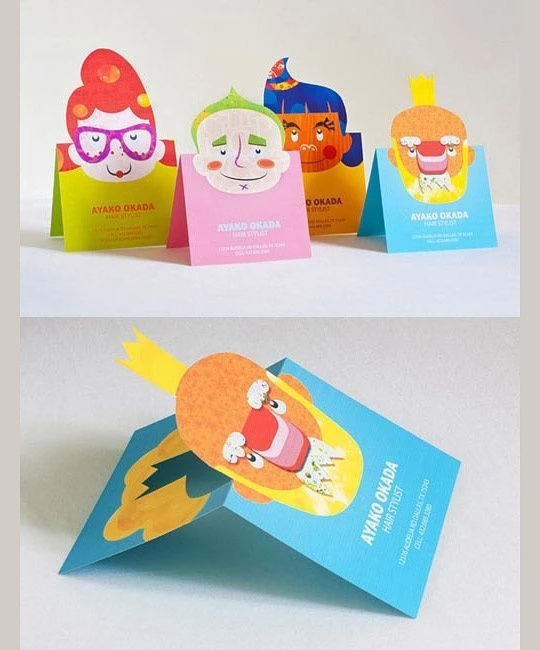
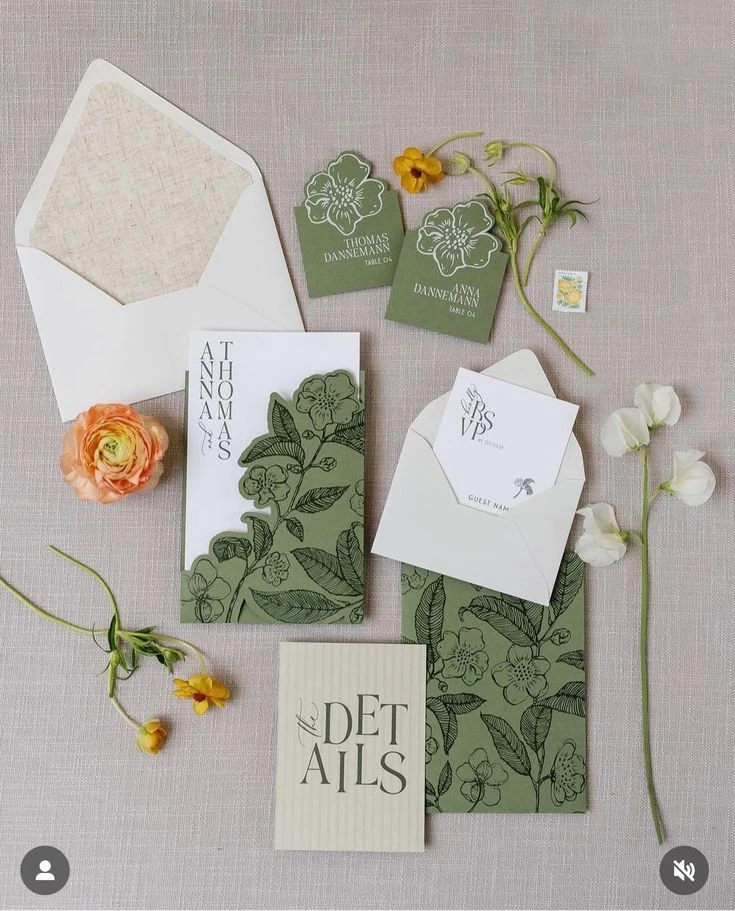
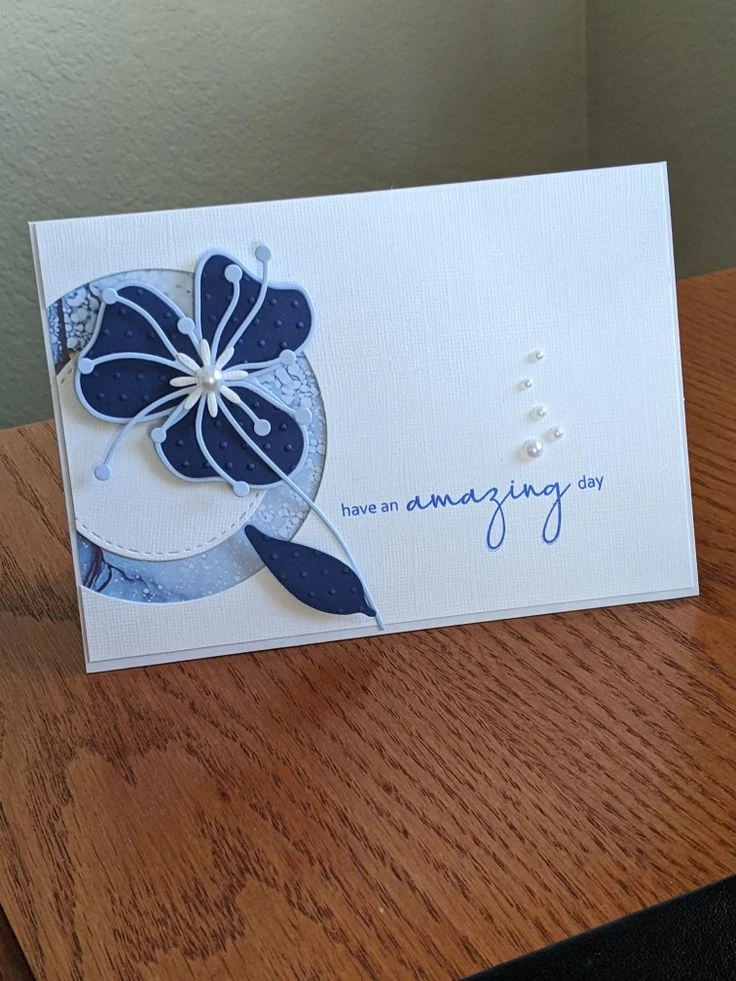
8.Approaching Your Creation through Themes
A great way to start your greeting card design is through themes.
8-1 Incorporating seasonal elements into greeting cards
For example, you can use maple leaves for Thanksgiving cards, and snowflakes for Christmas. This brings the season into the handmade greeting card design.
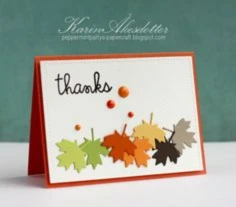
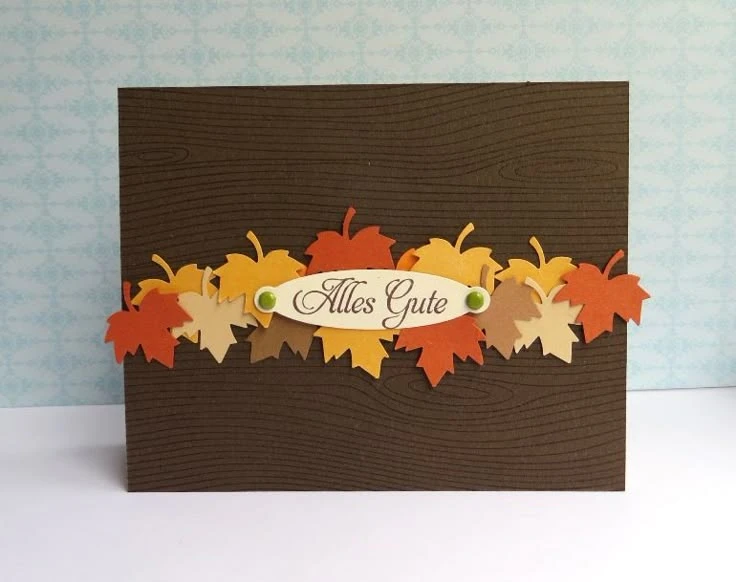
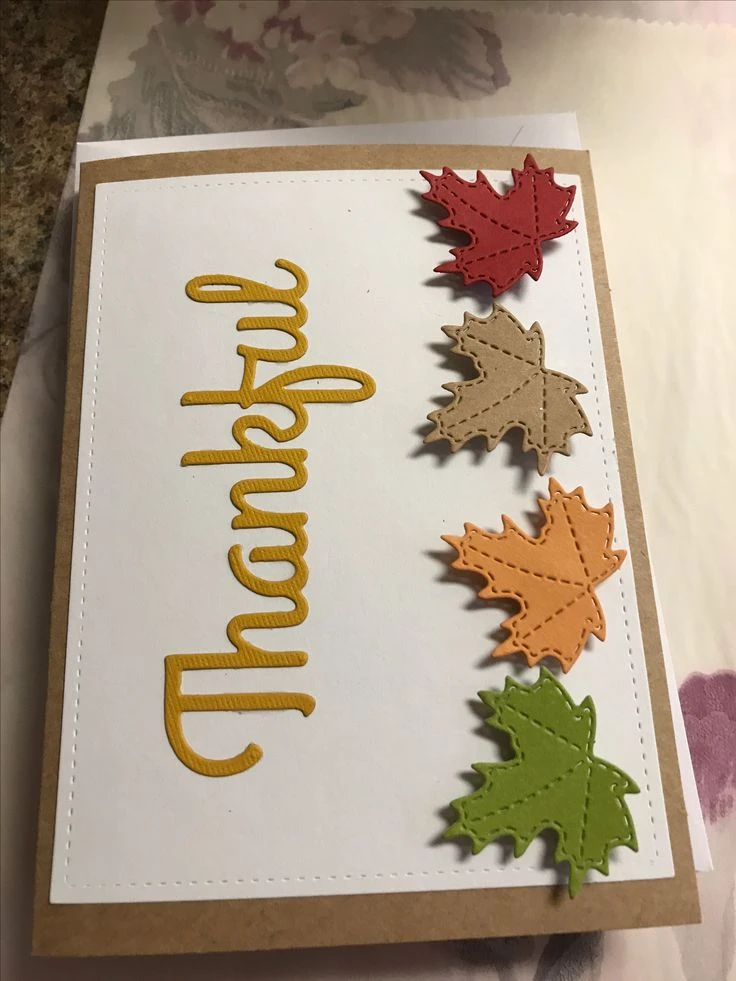
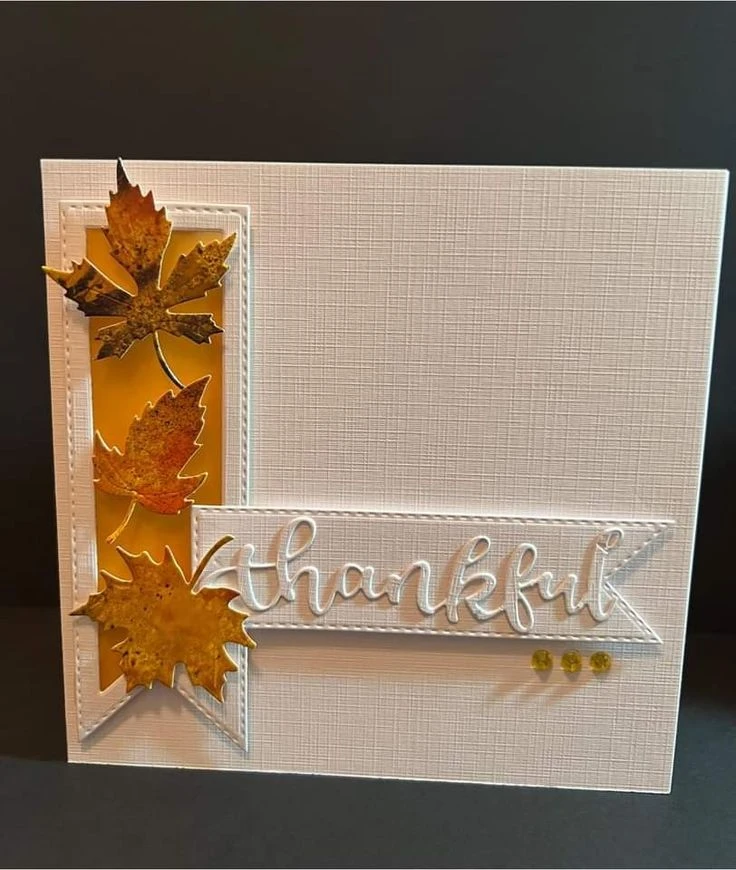
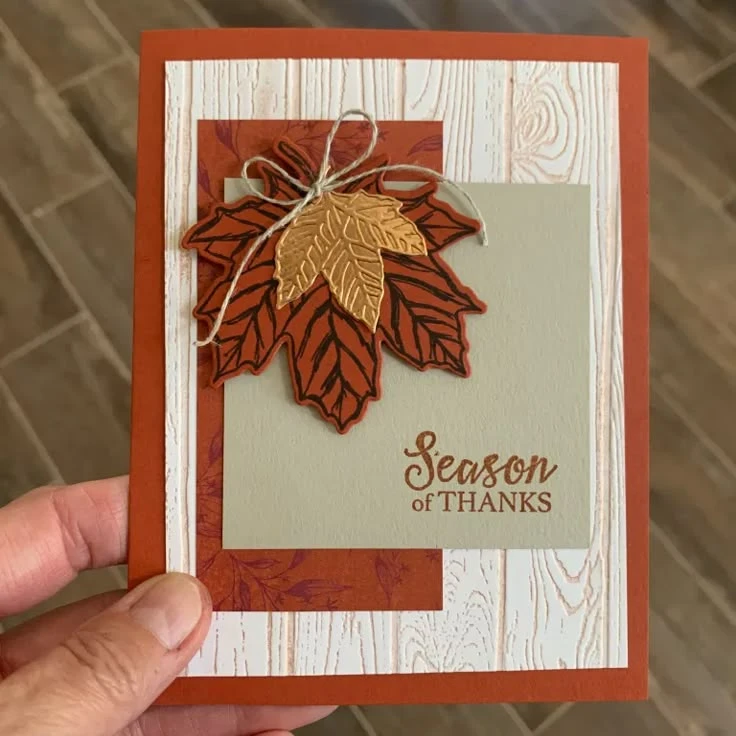
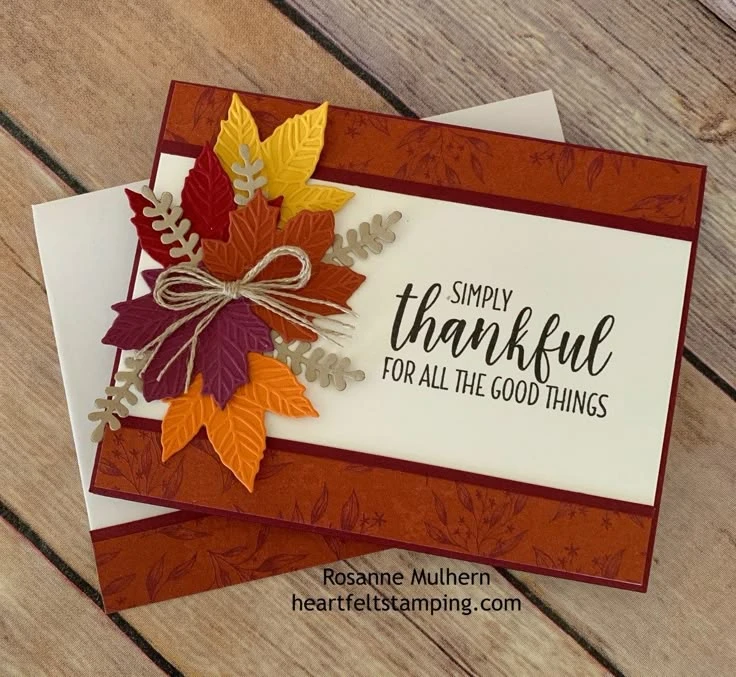
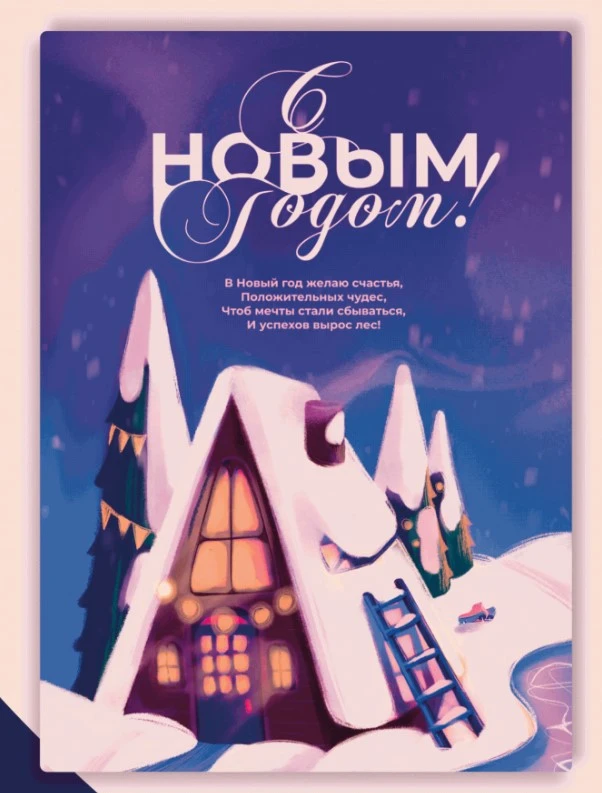
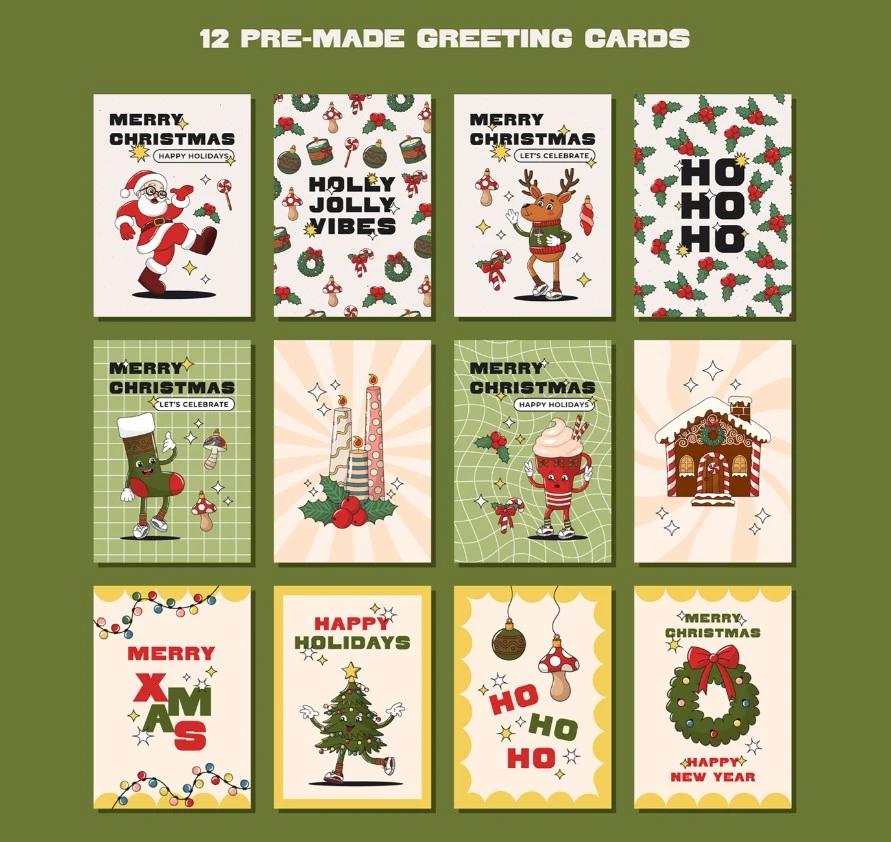
8-2 Harry Potter theme
If you don’t know where to start, think about your favorite shows, movies, or books, and use the themes from them as your greeting card design ideas easy. No matter the occasion, using your interests will make the design unique.
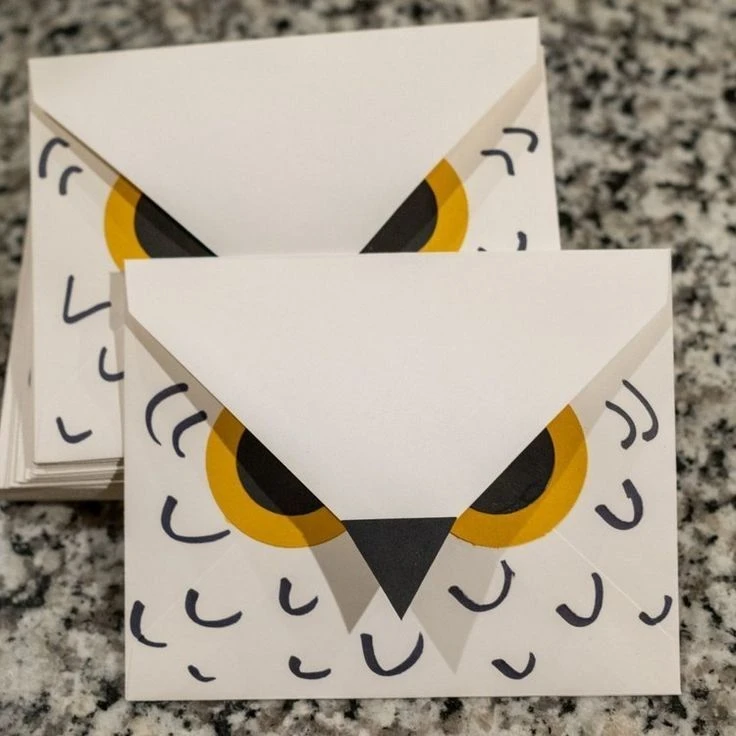
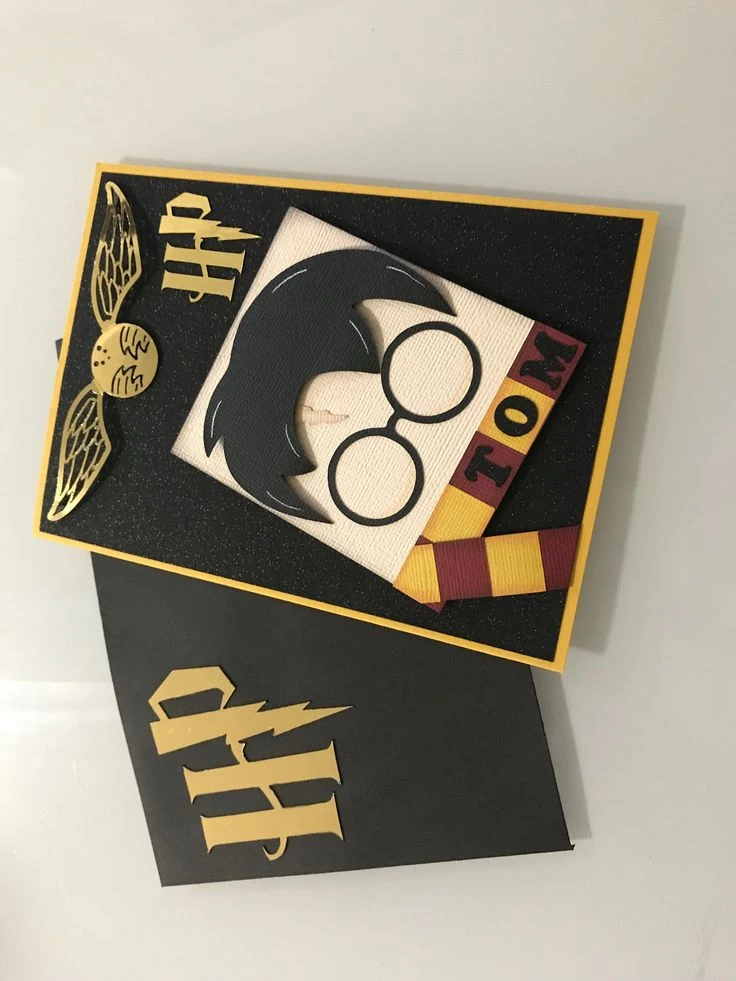
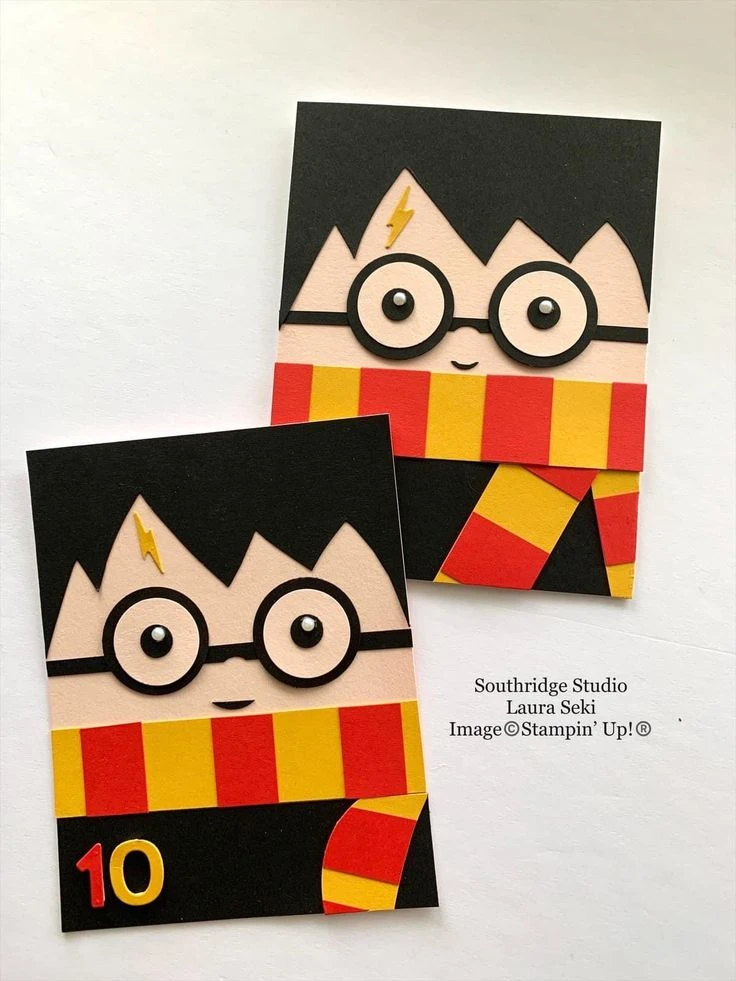
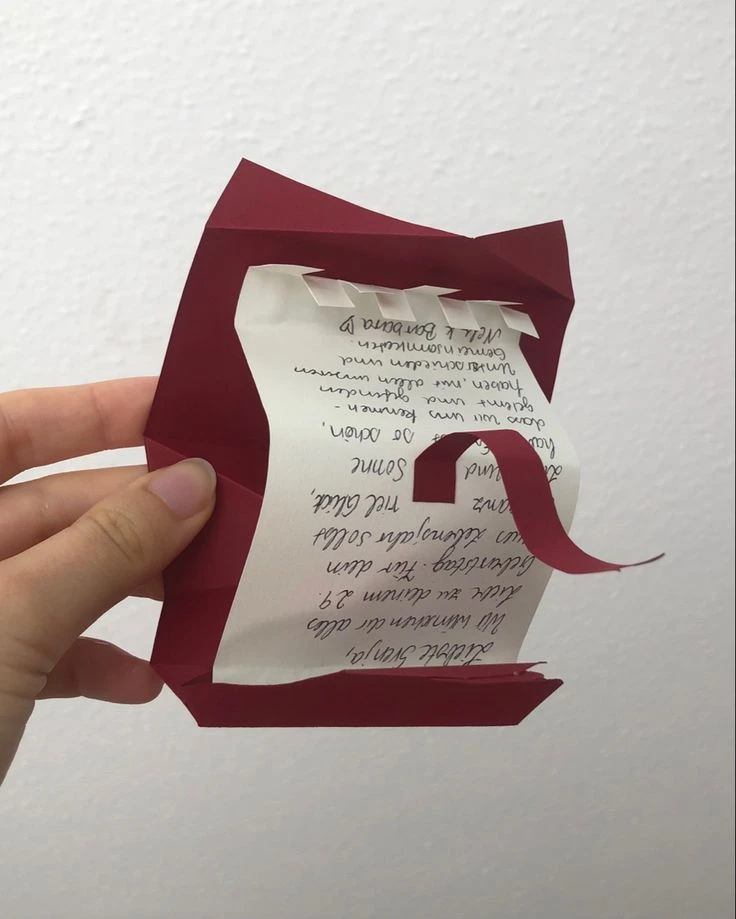
Conclusion
Christmas is a time for love and thankfulness. Use handmade greeting cards to show these feelings with unique designs for everyone. Happy crafting!
Subscribe to us, and we’ll share more creative ideas with you!
FAQs about making Christmas greeting cards
What materials do I need to make Christmas greeting cards?
- You’ll need card stock or blank cards, decorative paper, scissors, glue or double-sided tape, markers or pens, stamps and ink, embellishments (like ribbons, sequins, or stickers), and any tools for cutting or embossing.
What are some creative ideas for card designs?
- Consider using themes like winter scenes, Christmas trees, ornaments, or nativity scenes. You can also incorporate pop-up elements, use watercolors, or create a collage using various materials.
What’s a good saying for a Christmas card?
- For example:Peace, love, and holiday cheer.
What am I supposed to write in a Christmas card?
- Short Christmas Card Messages.Short phrases that usually contain affection.



